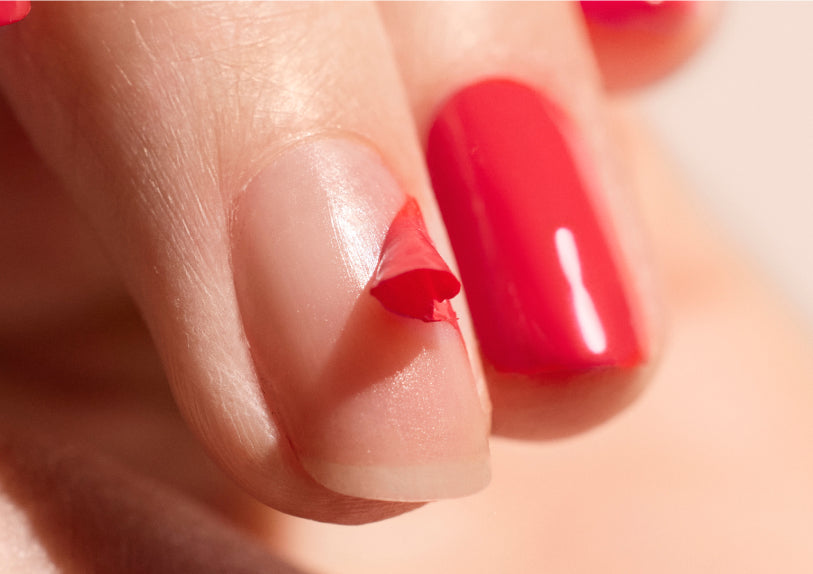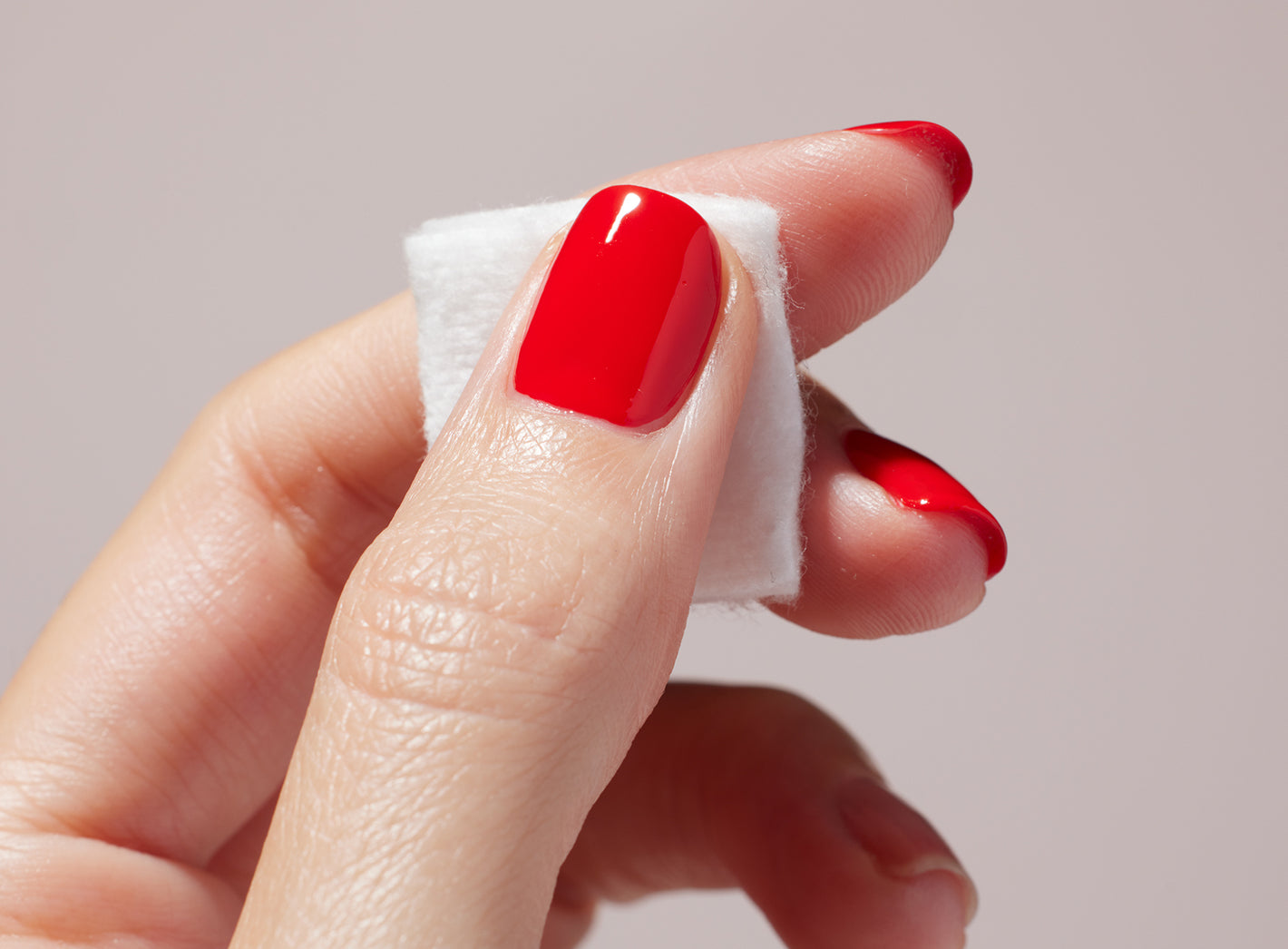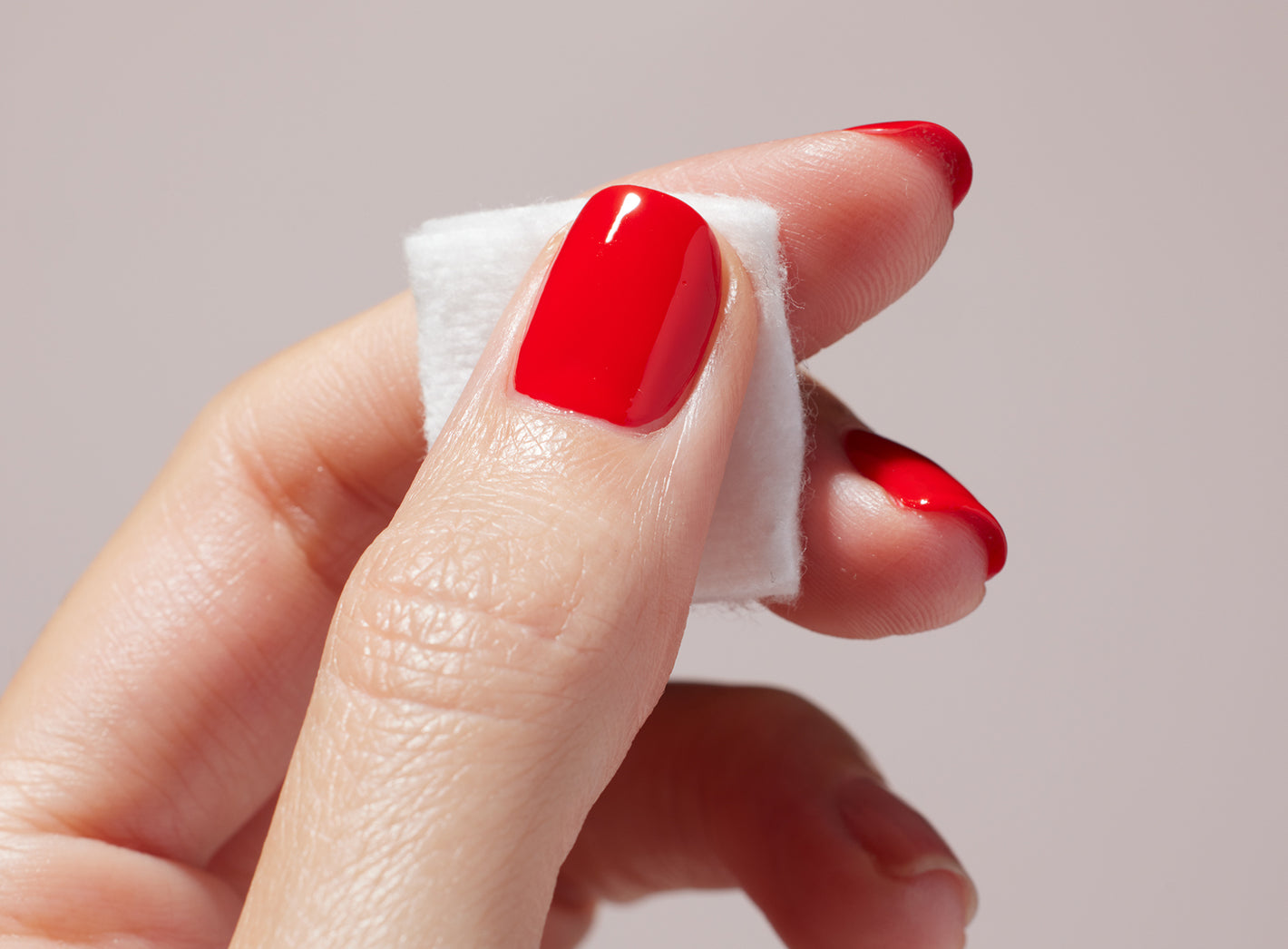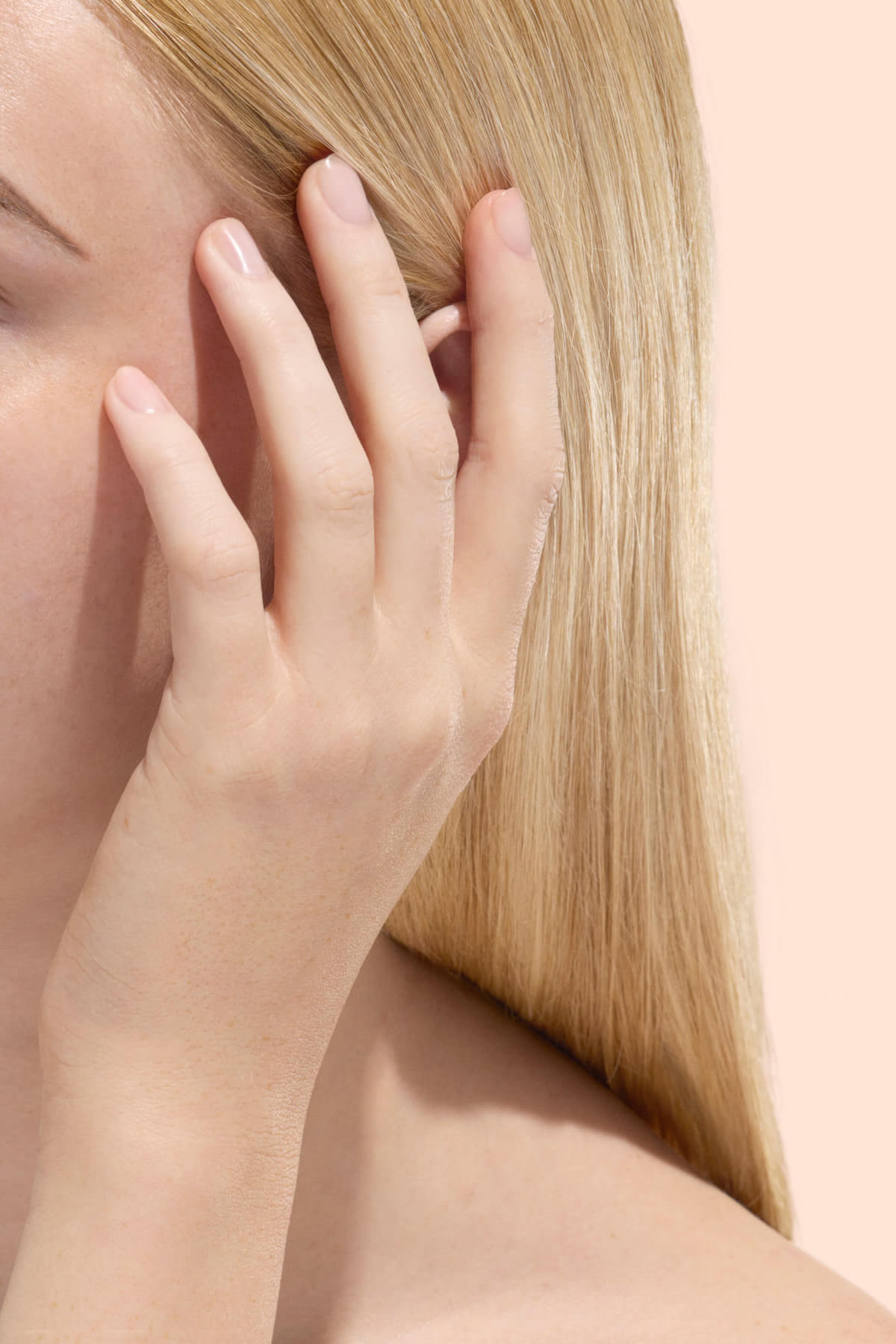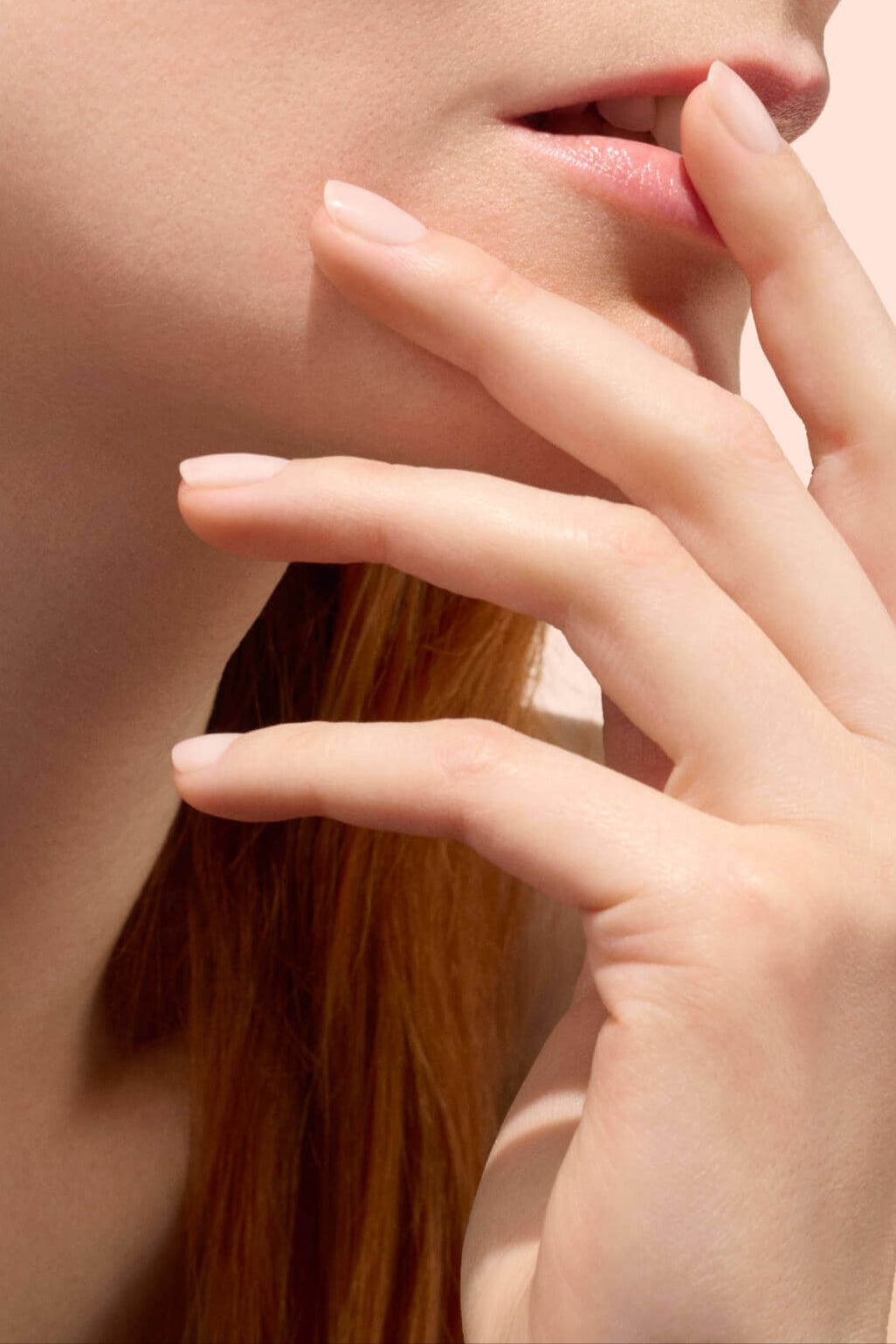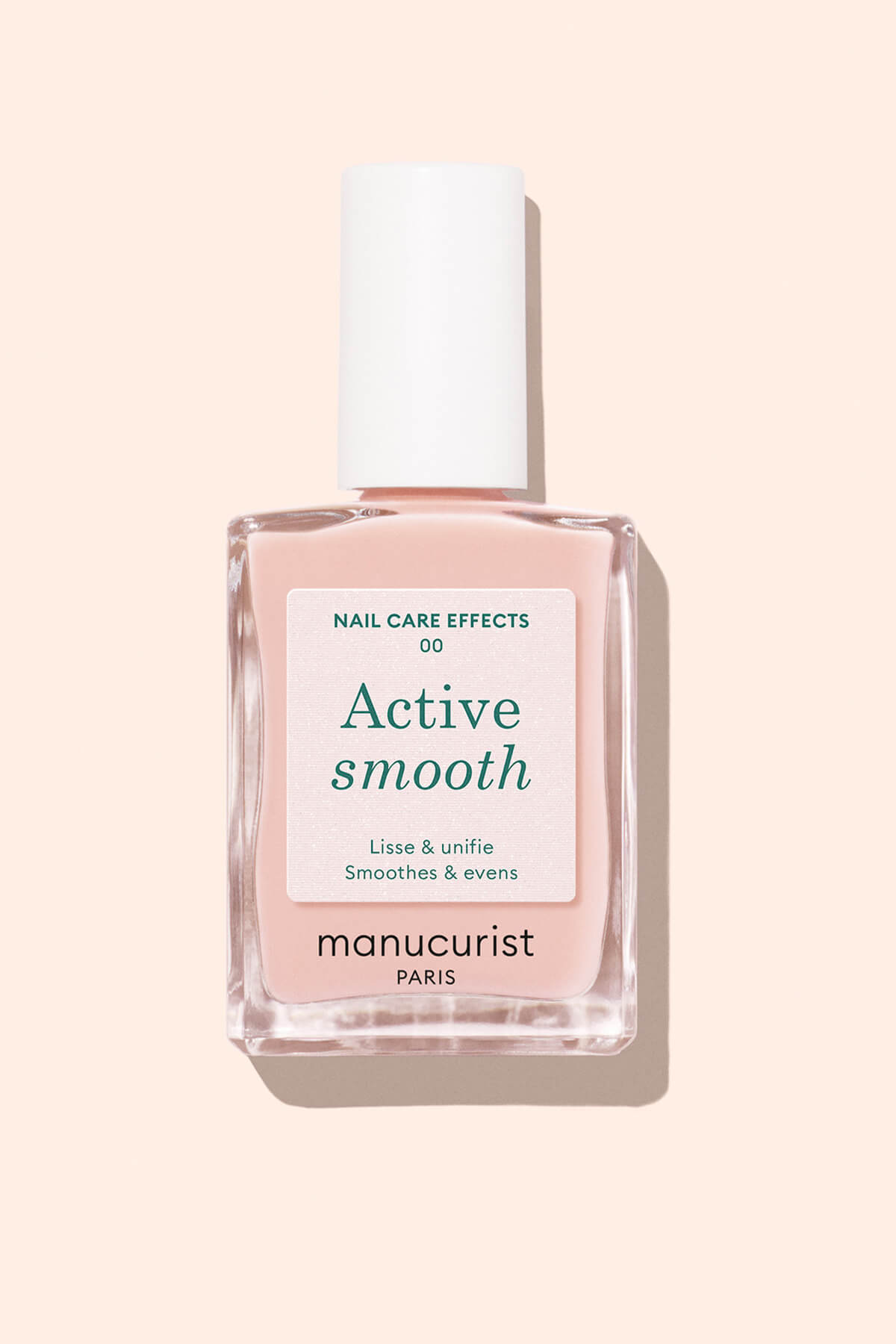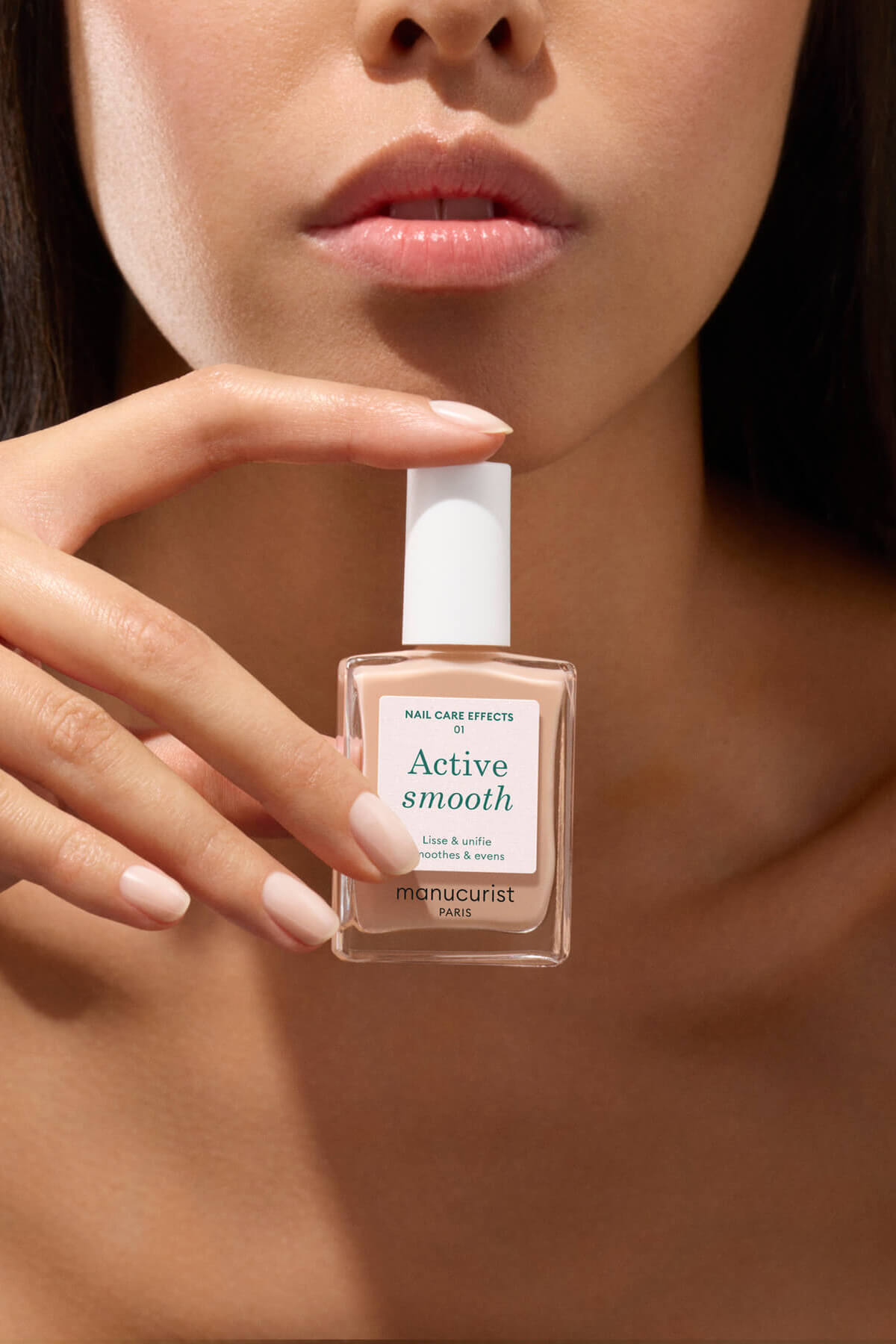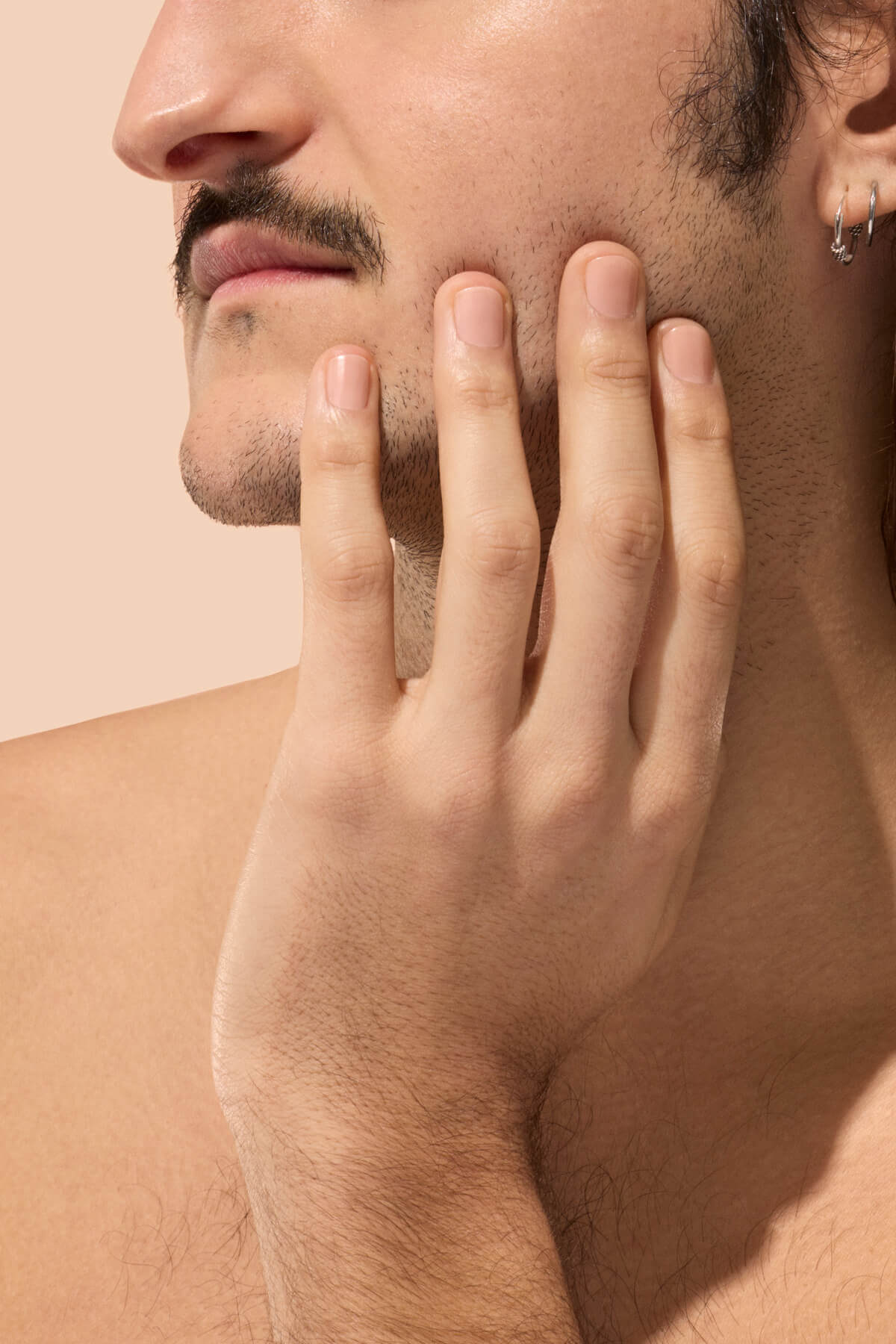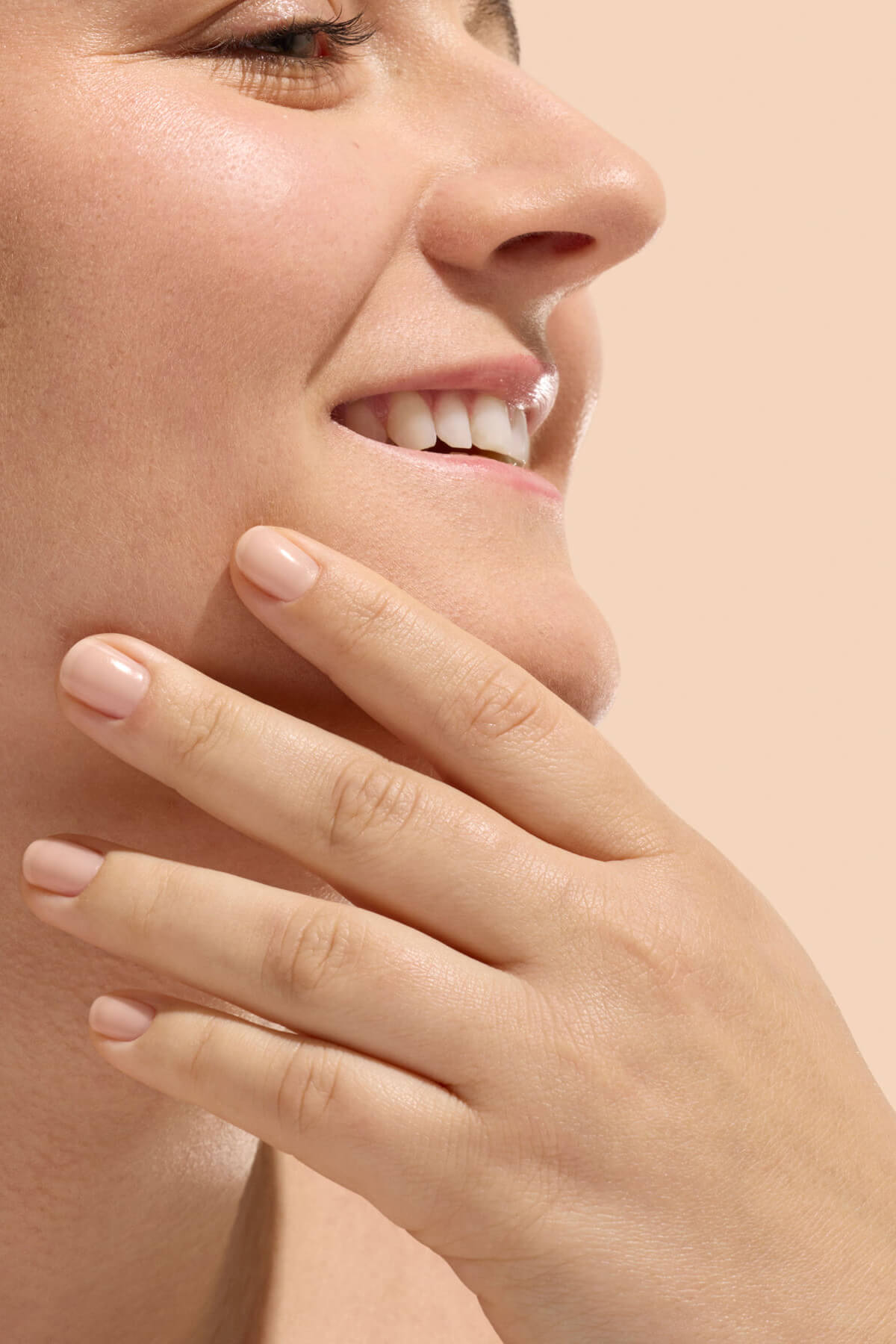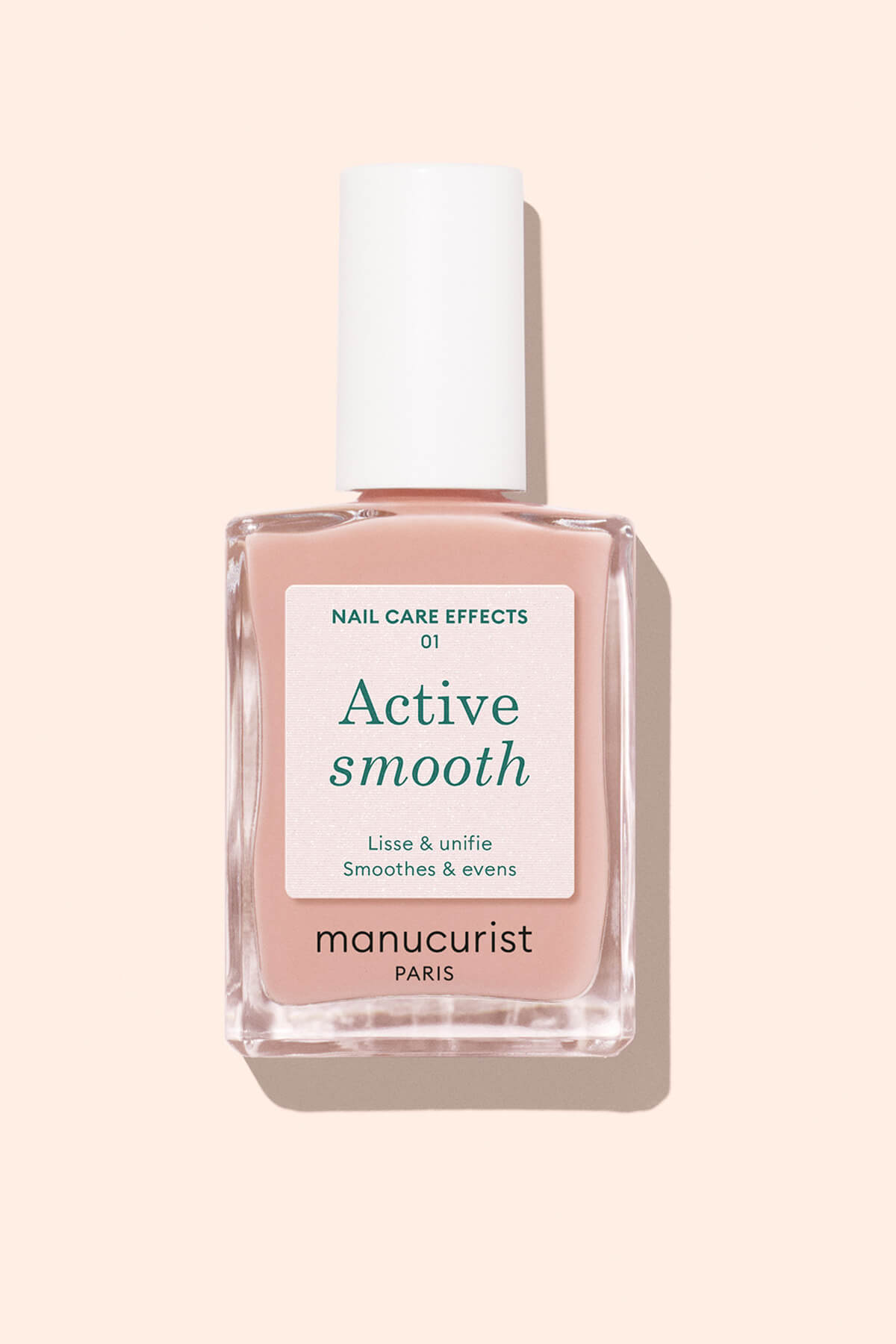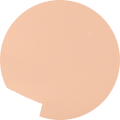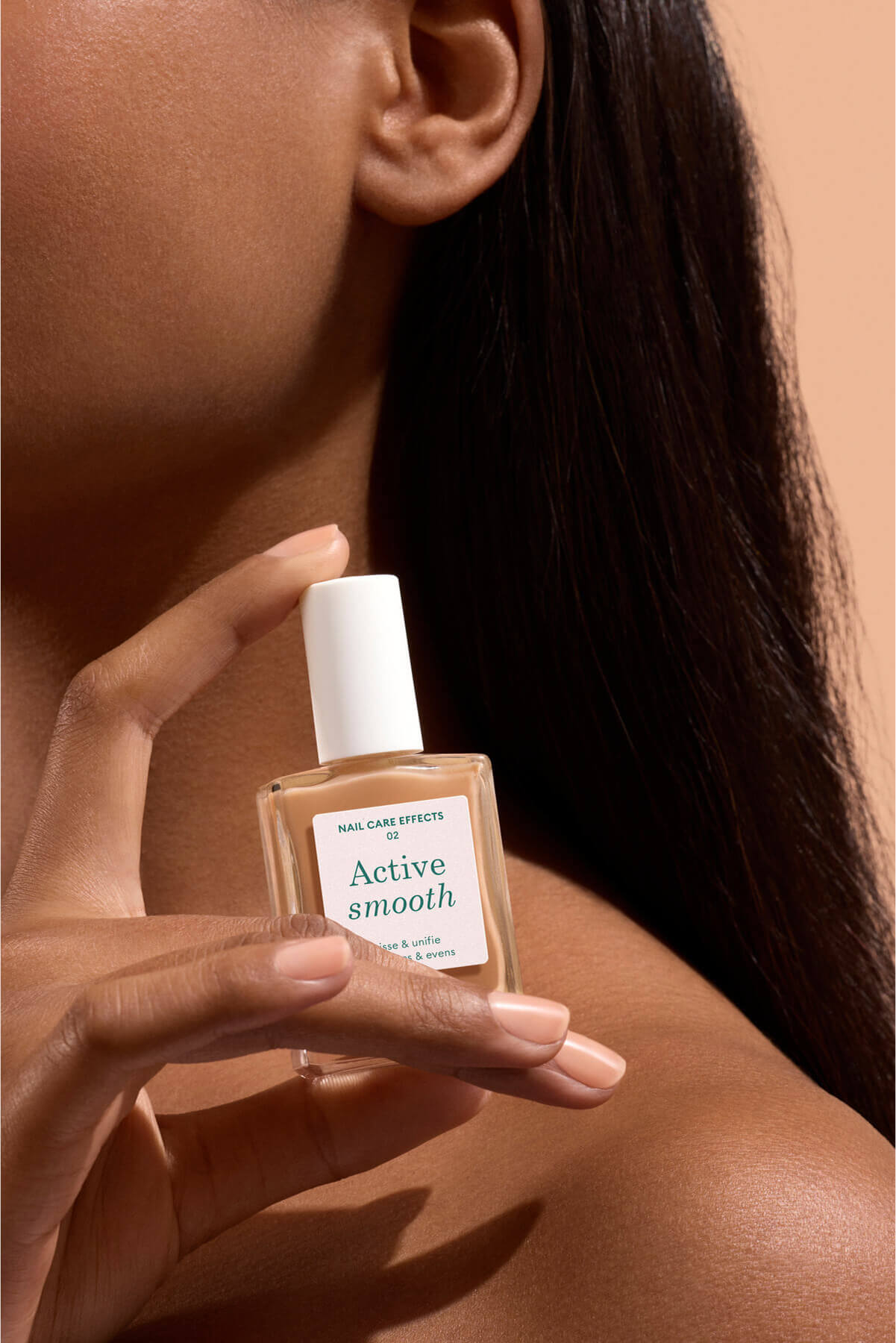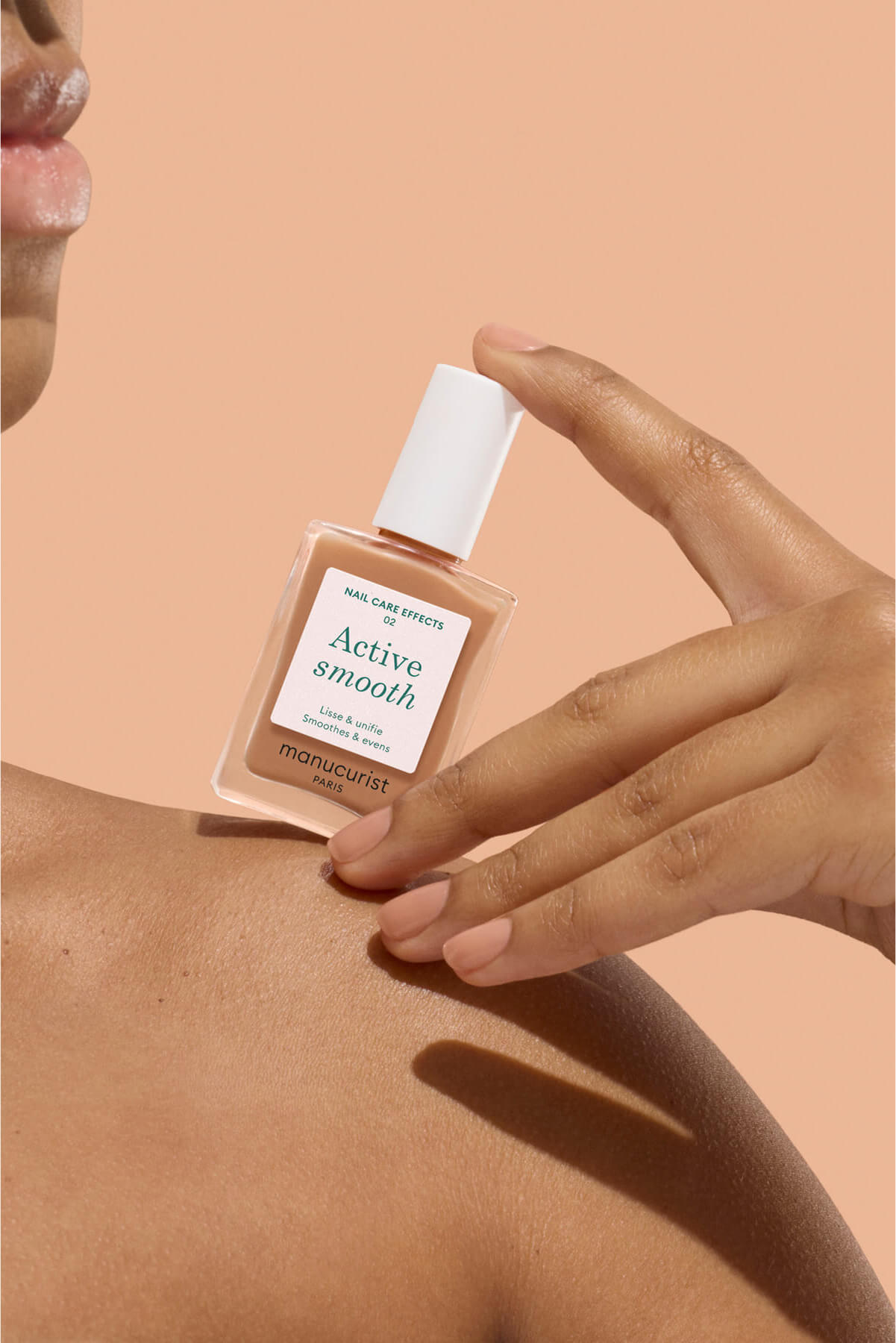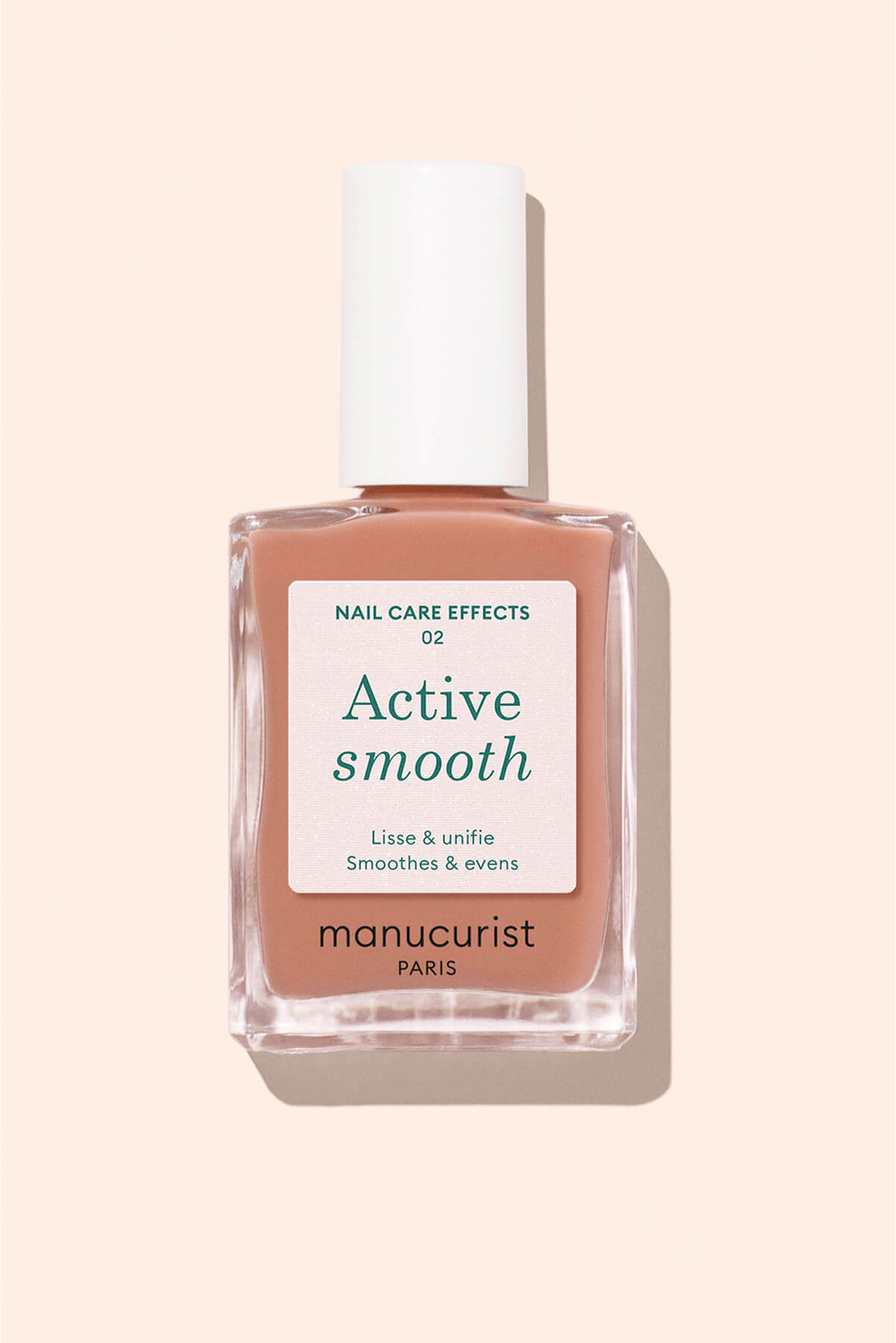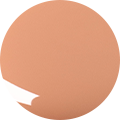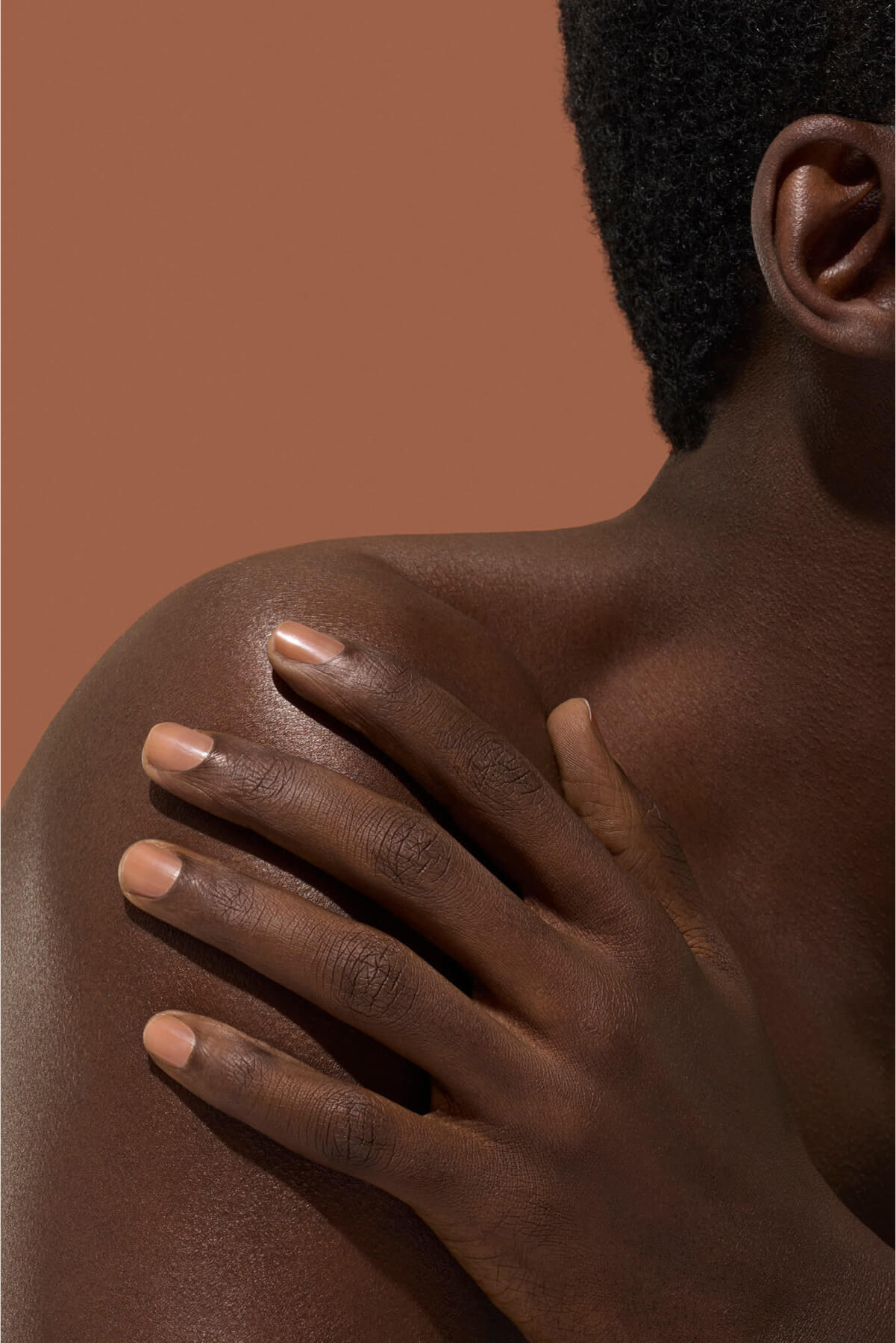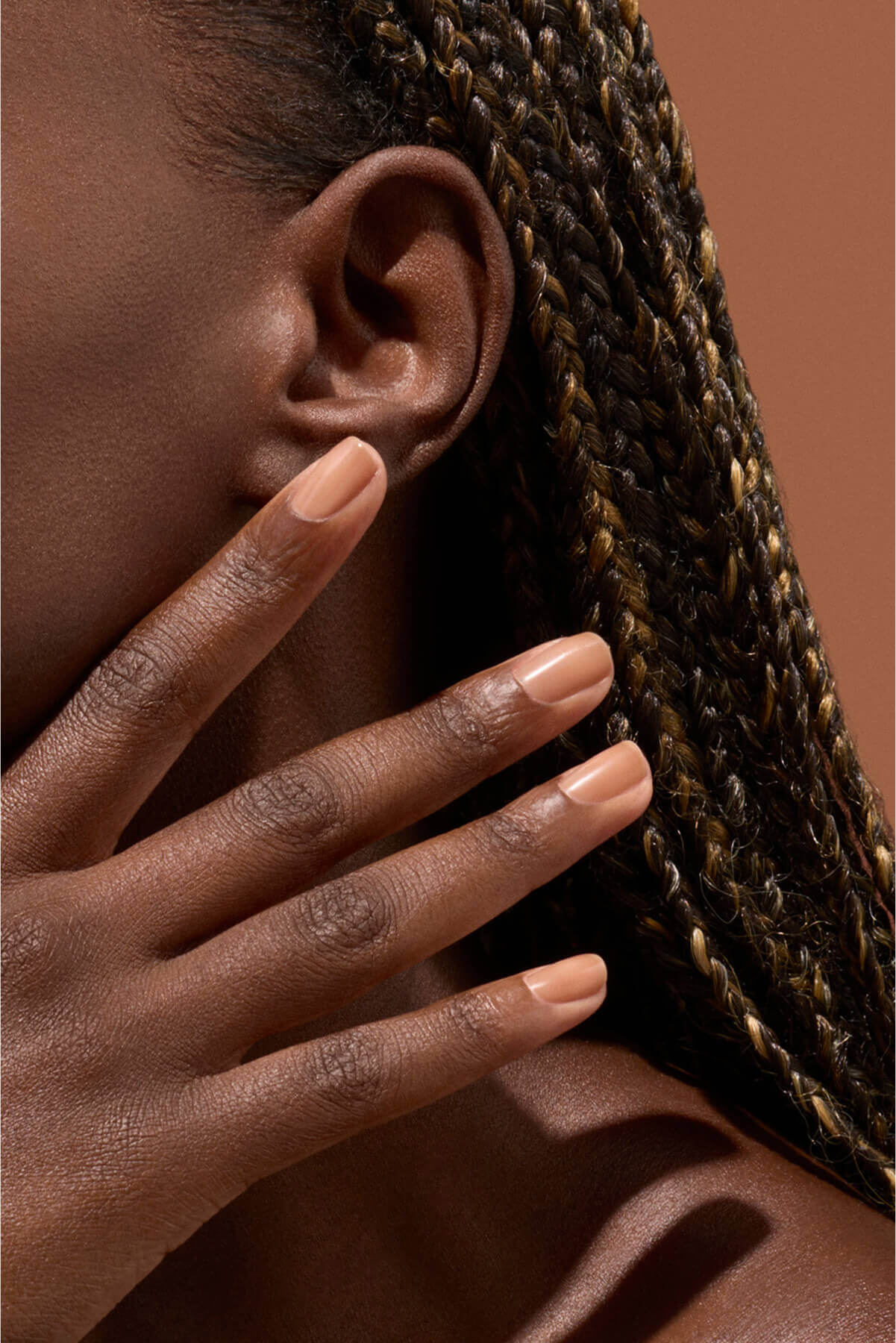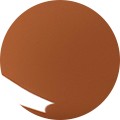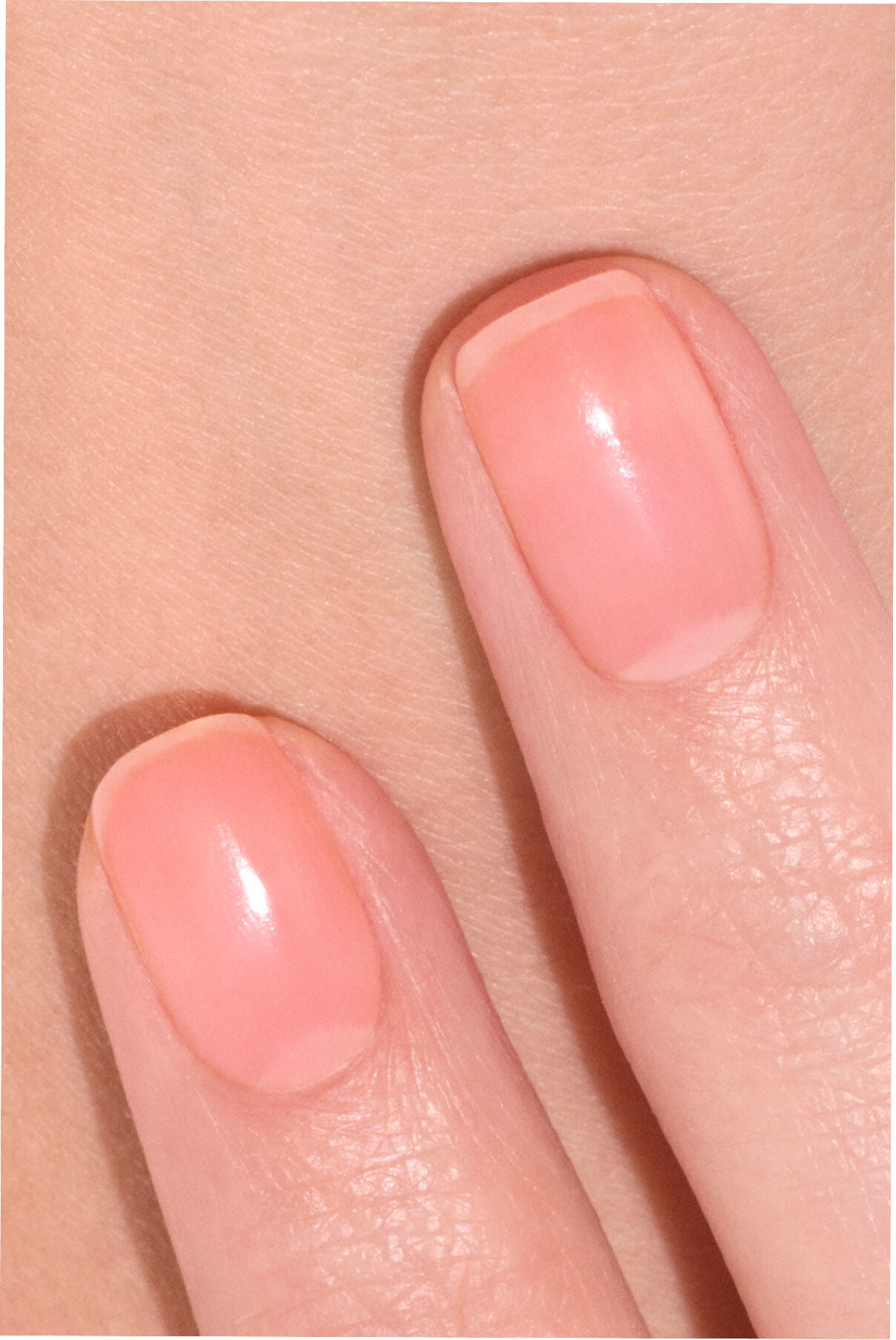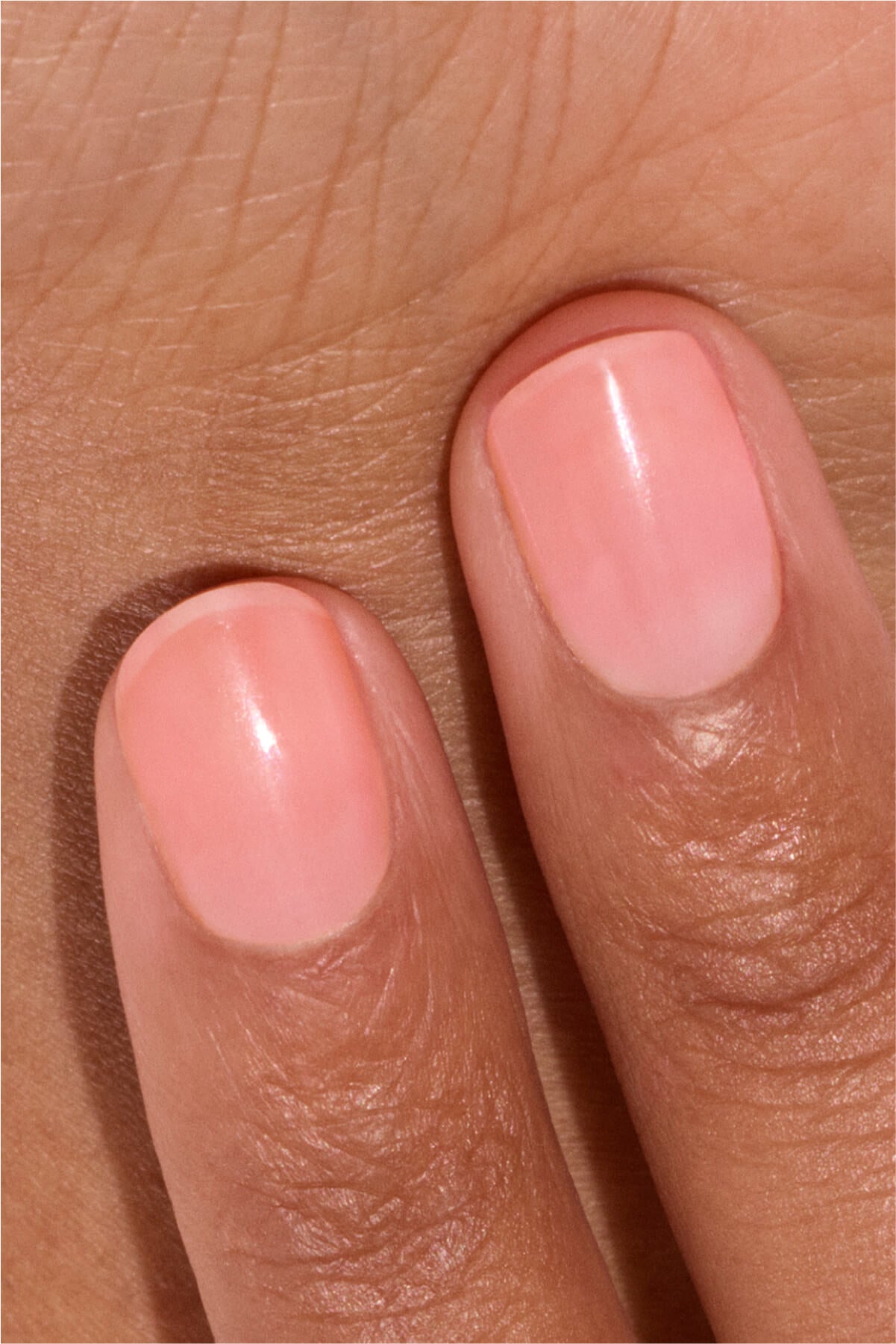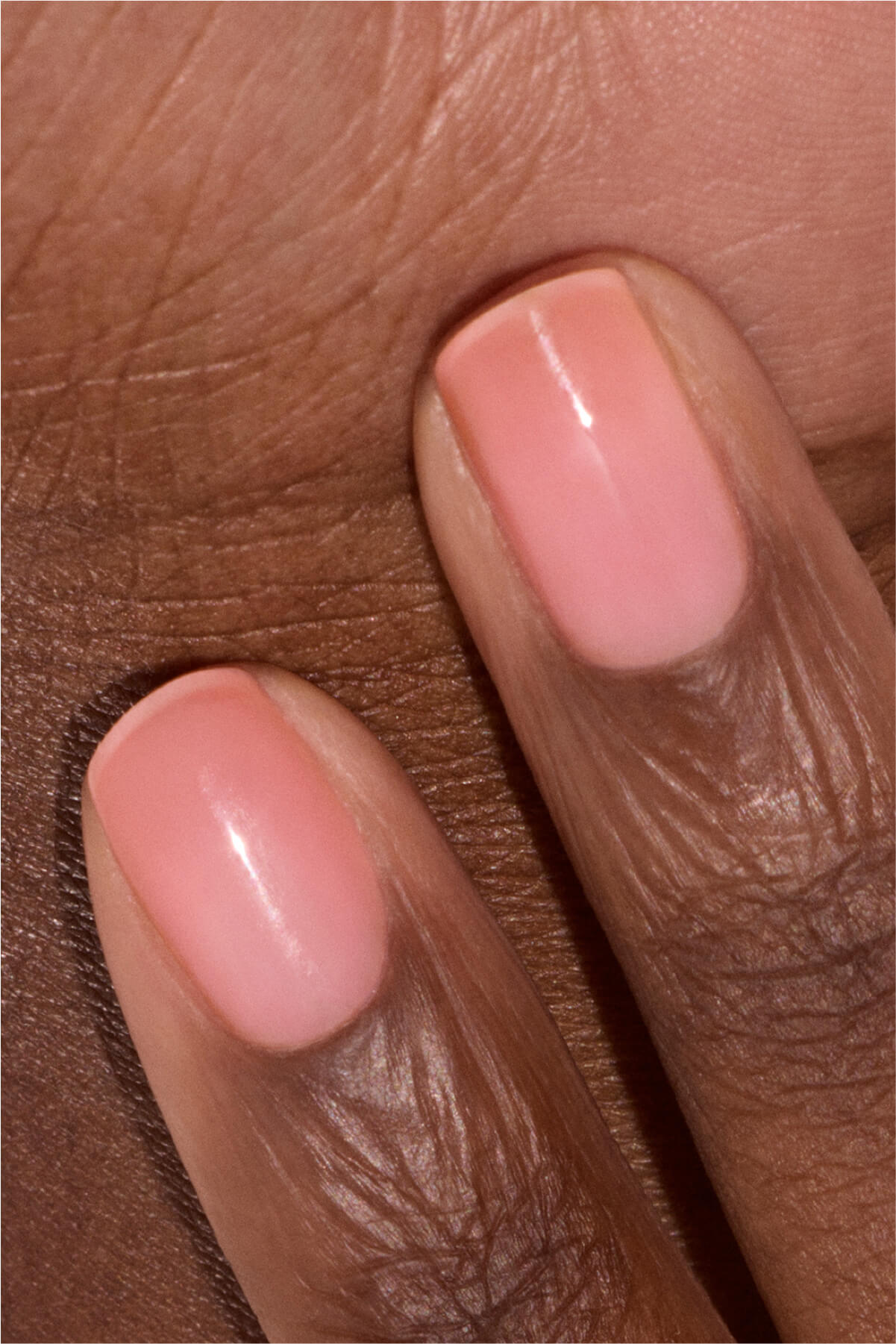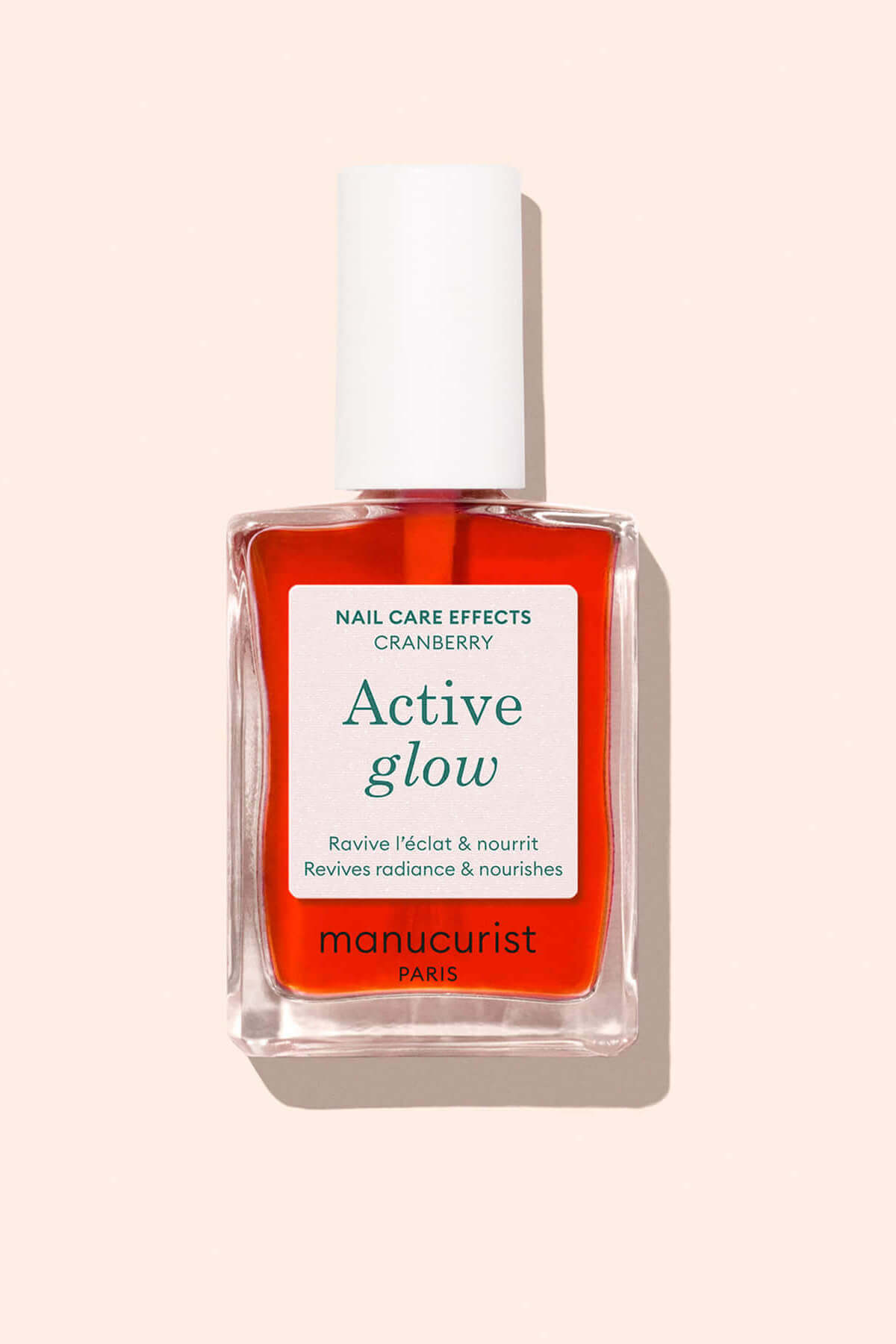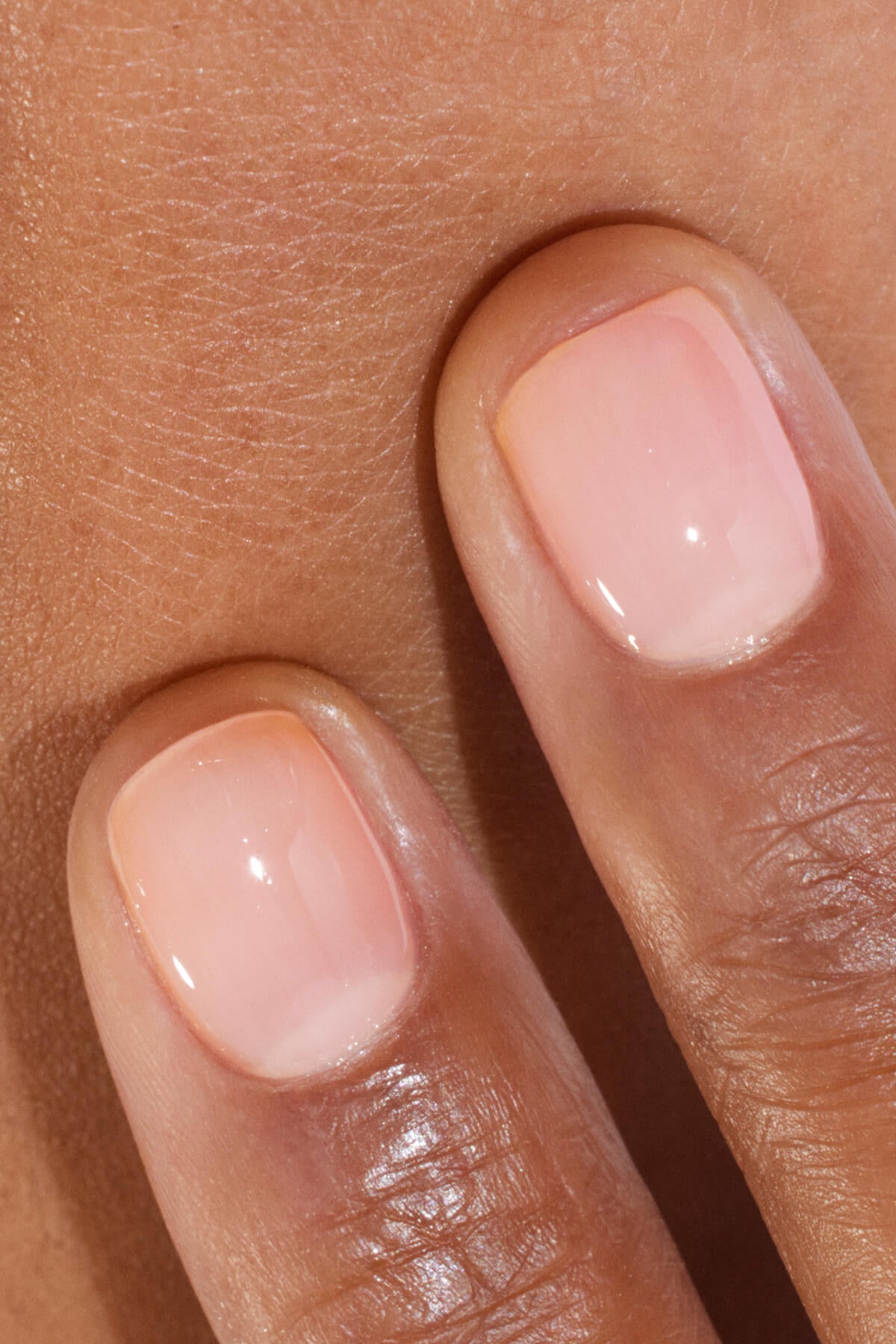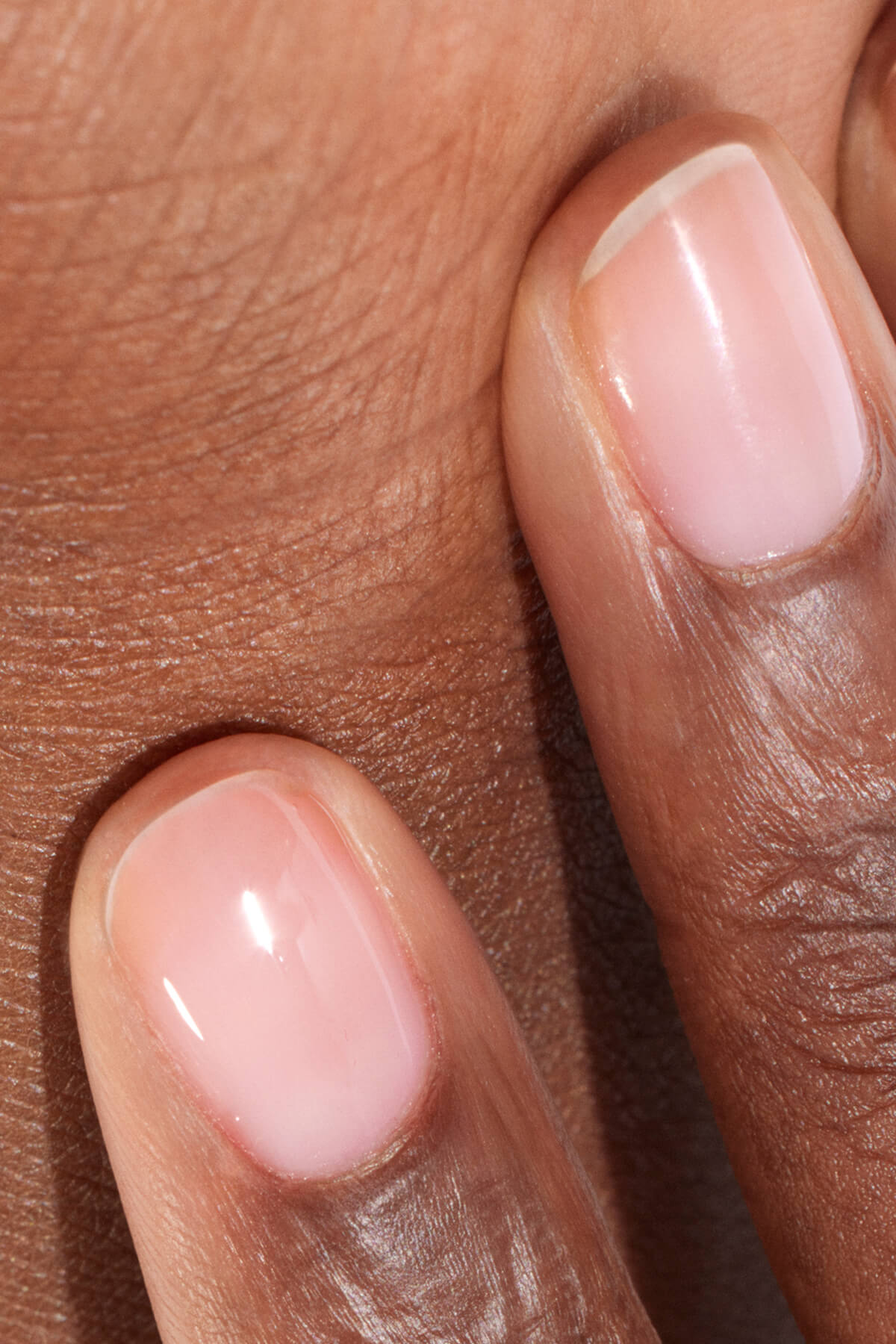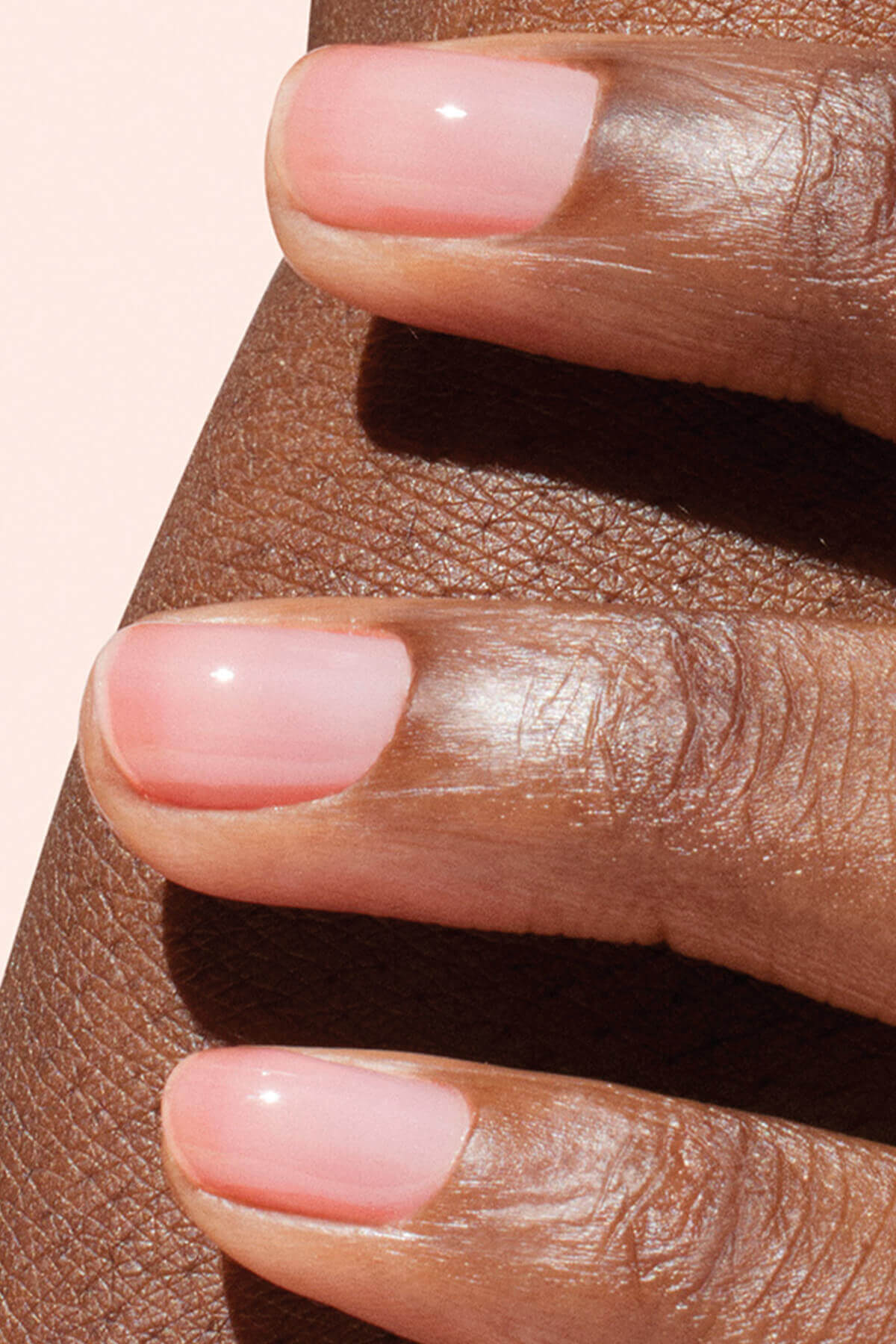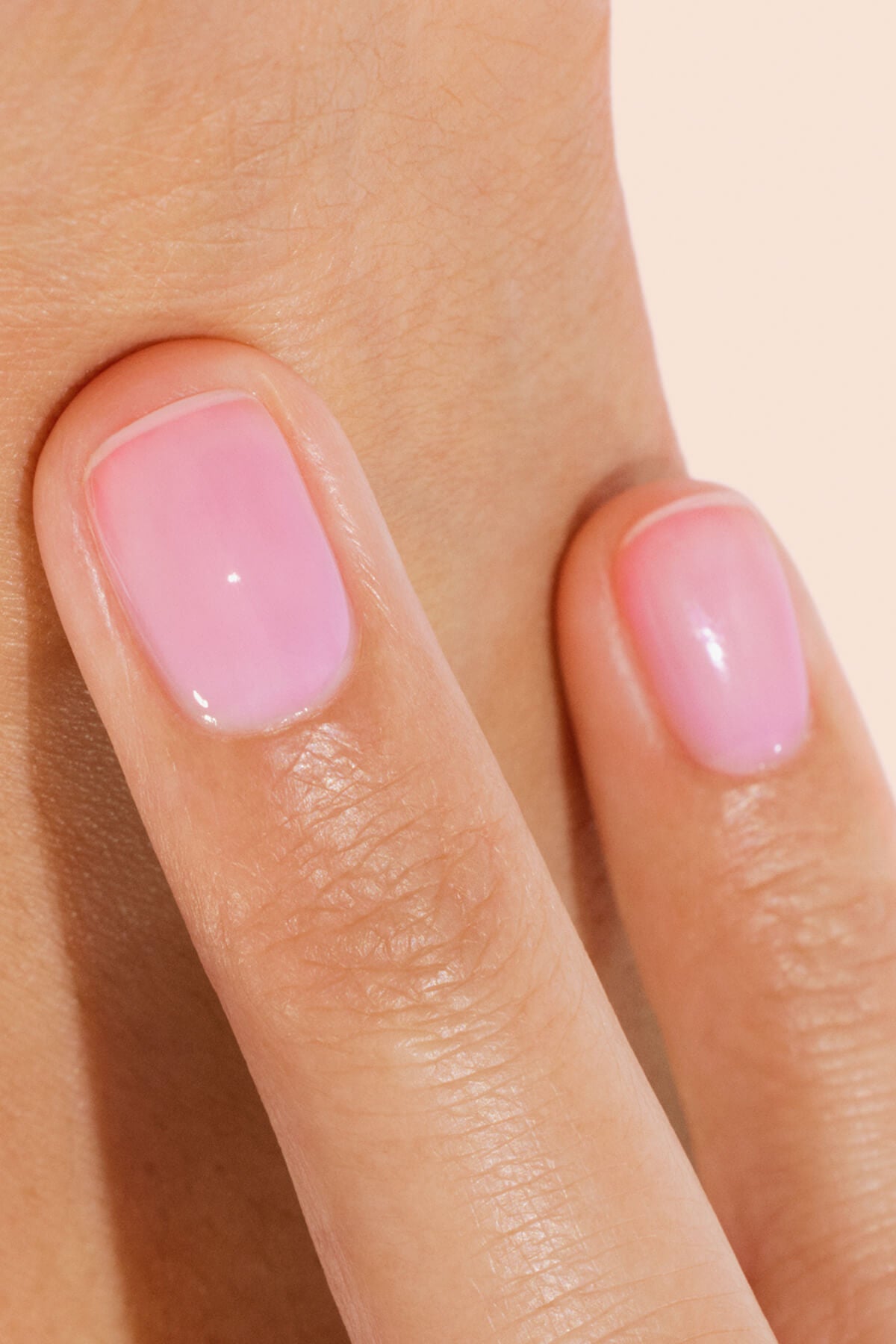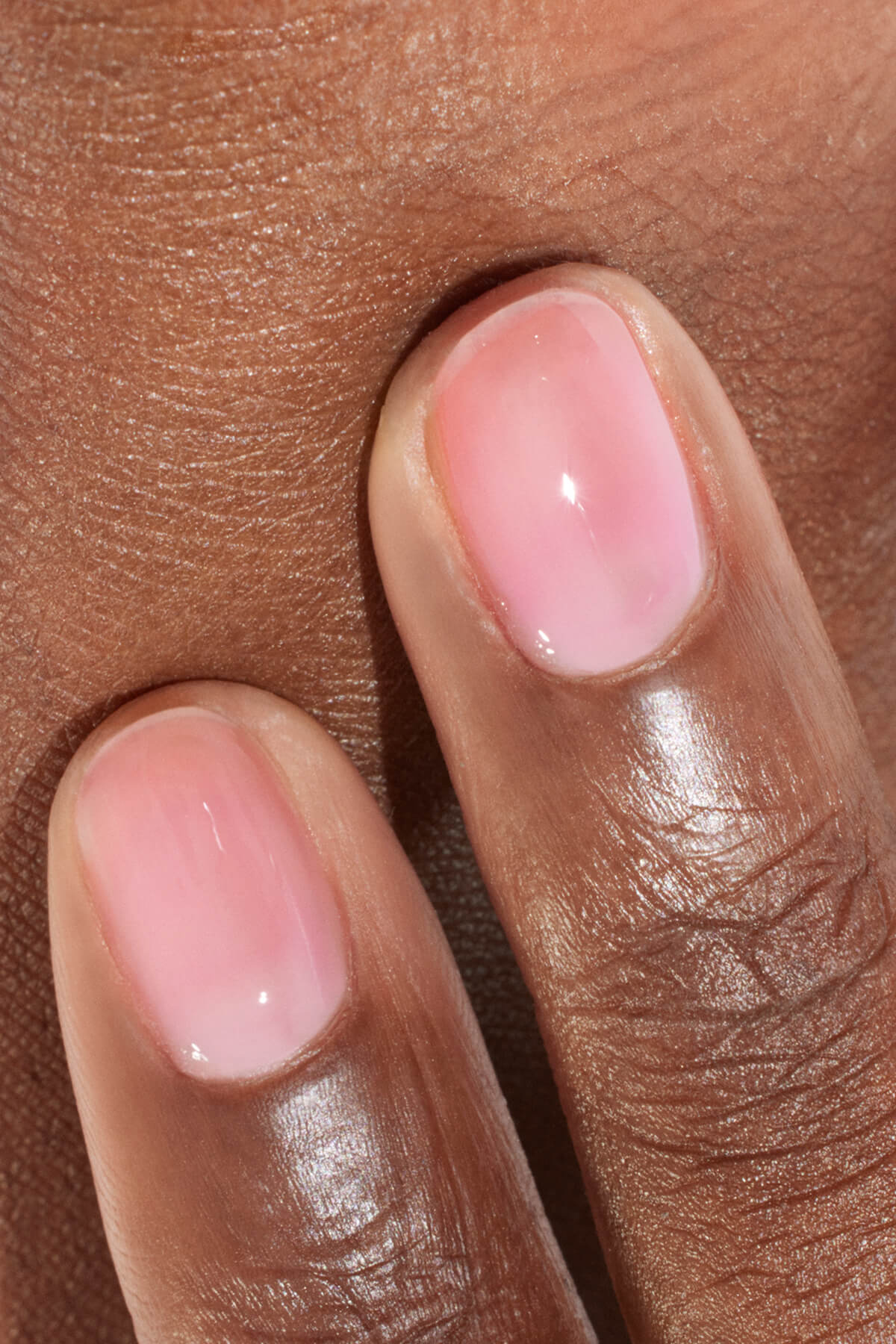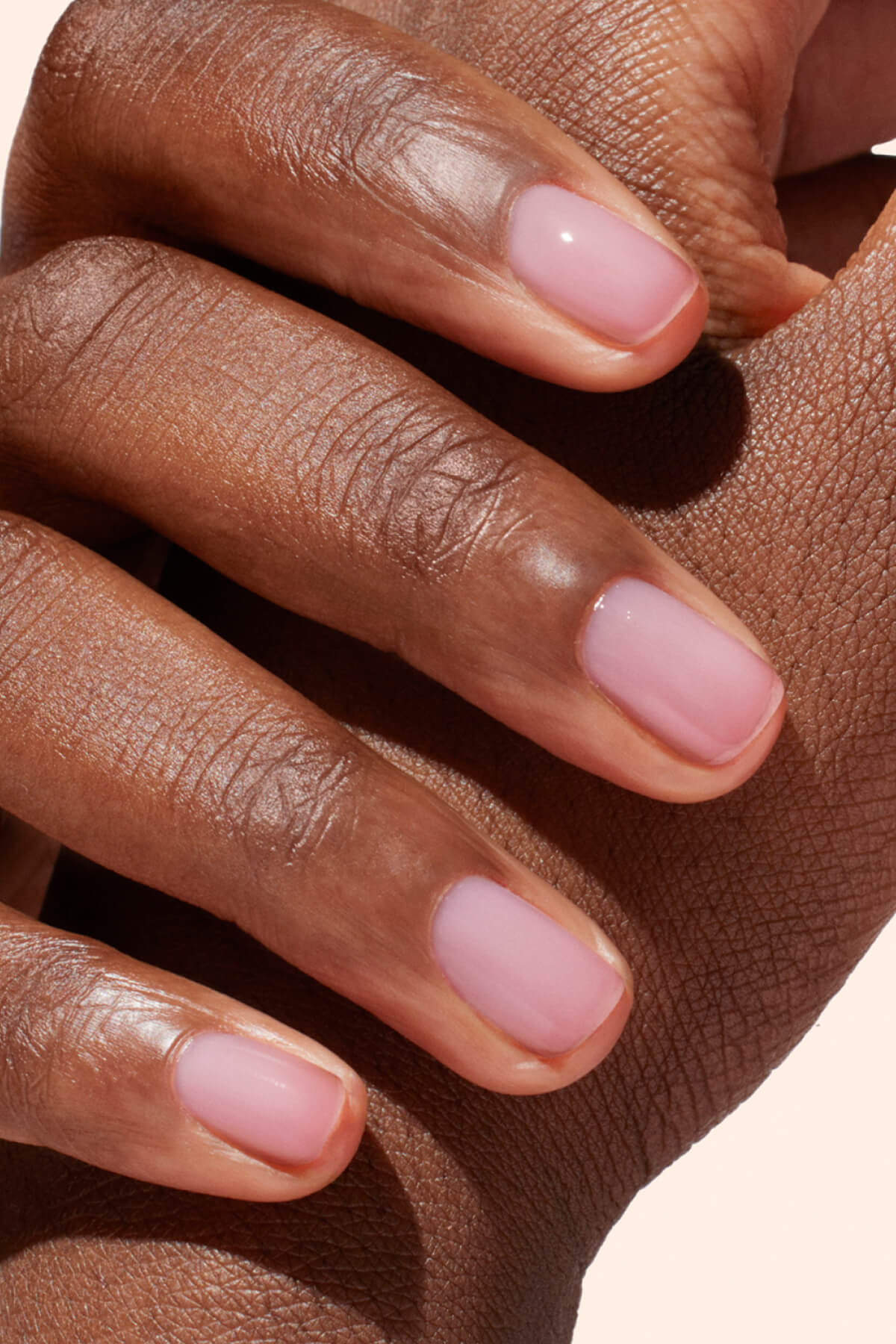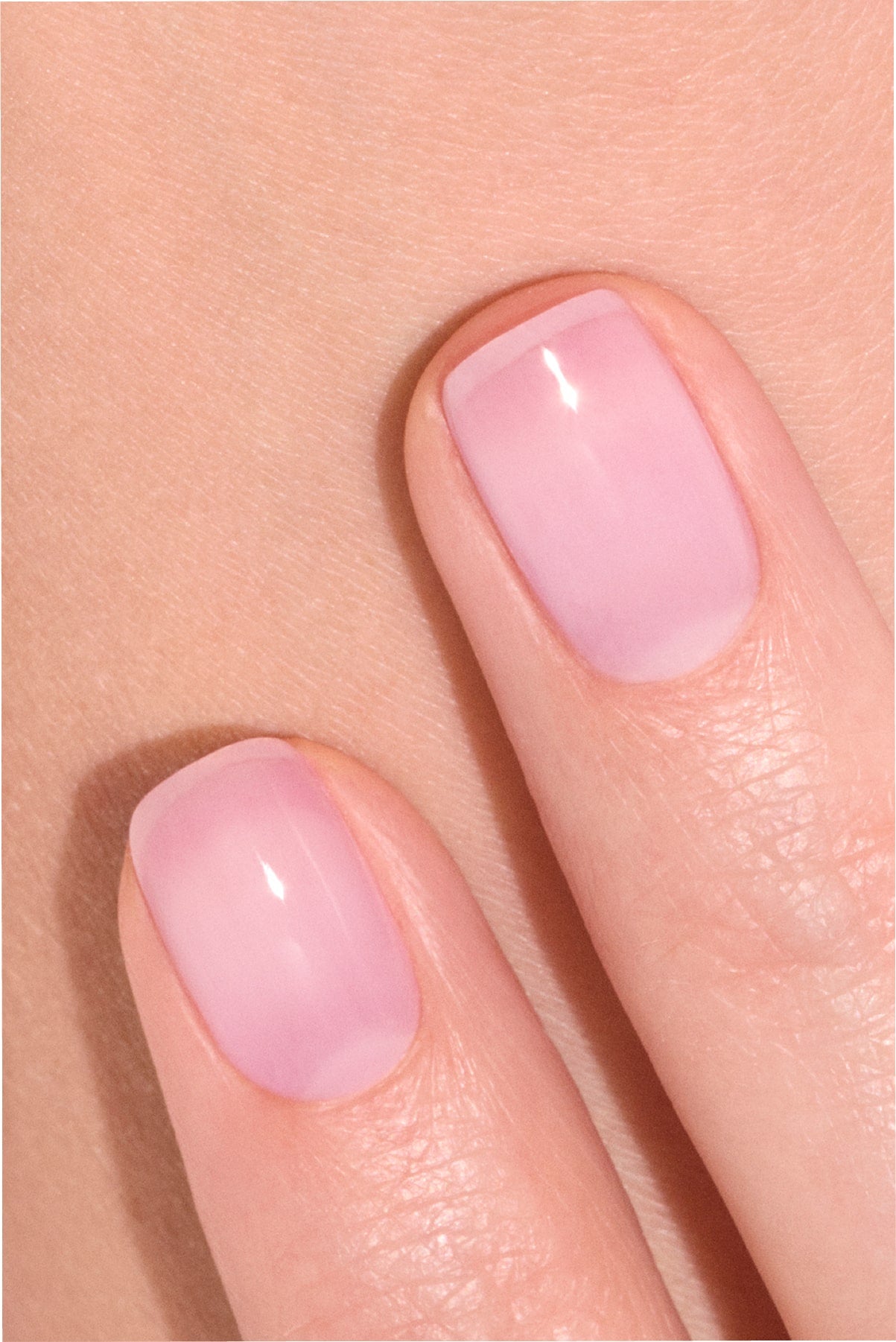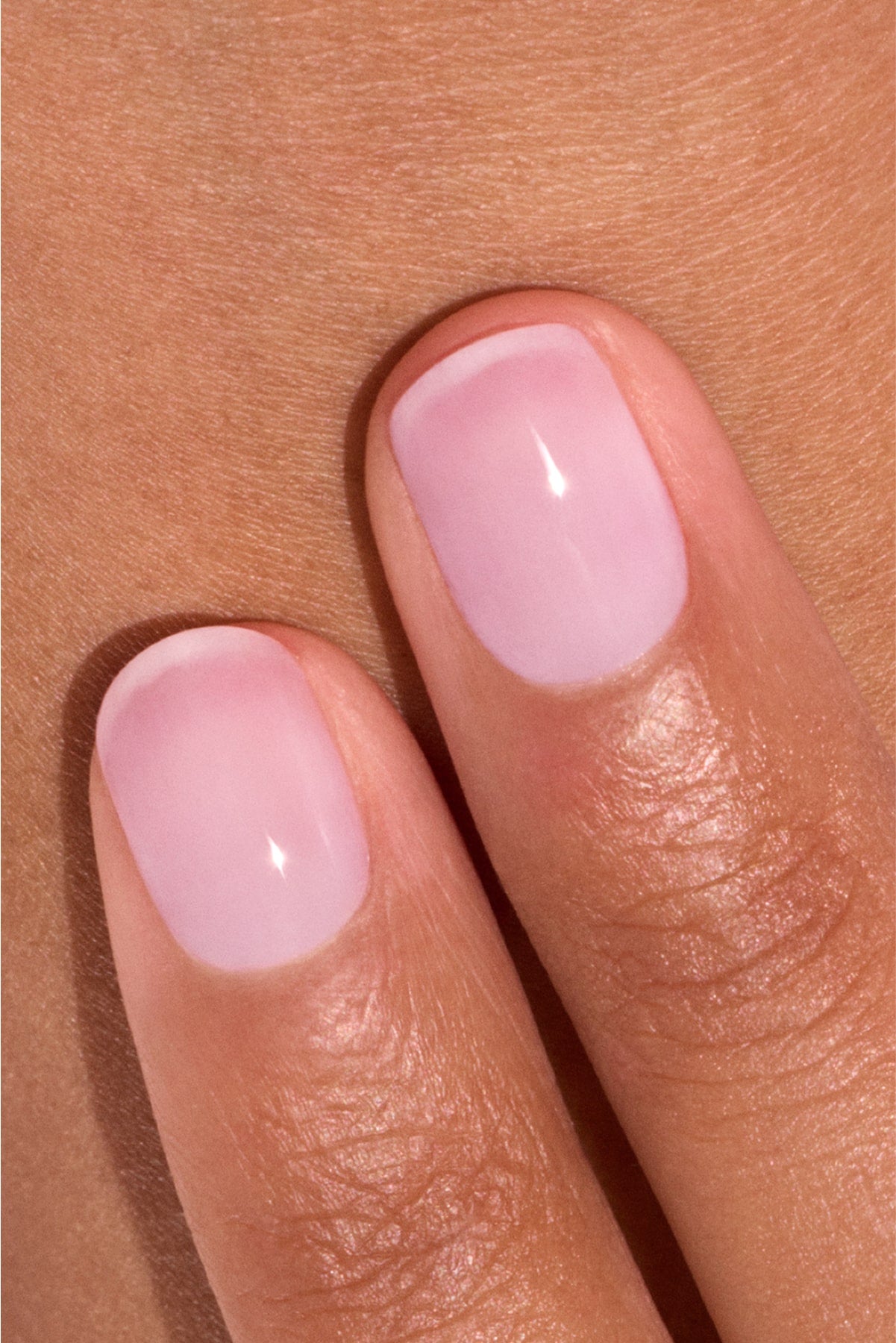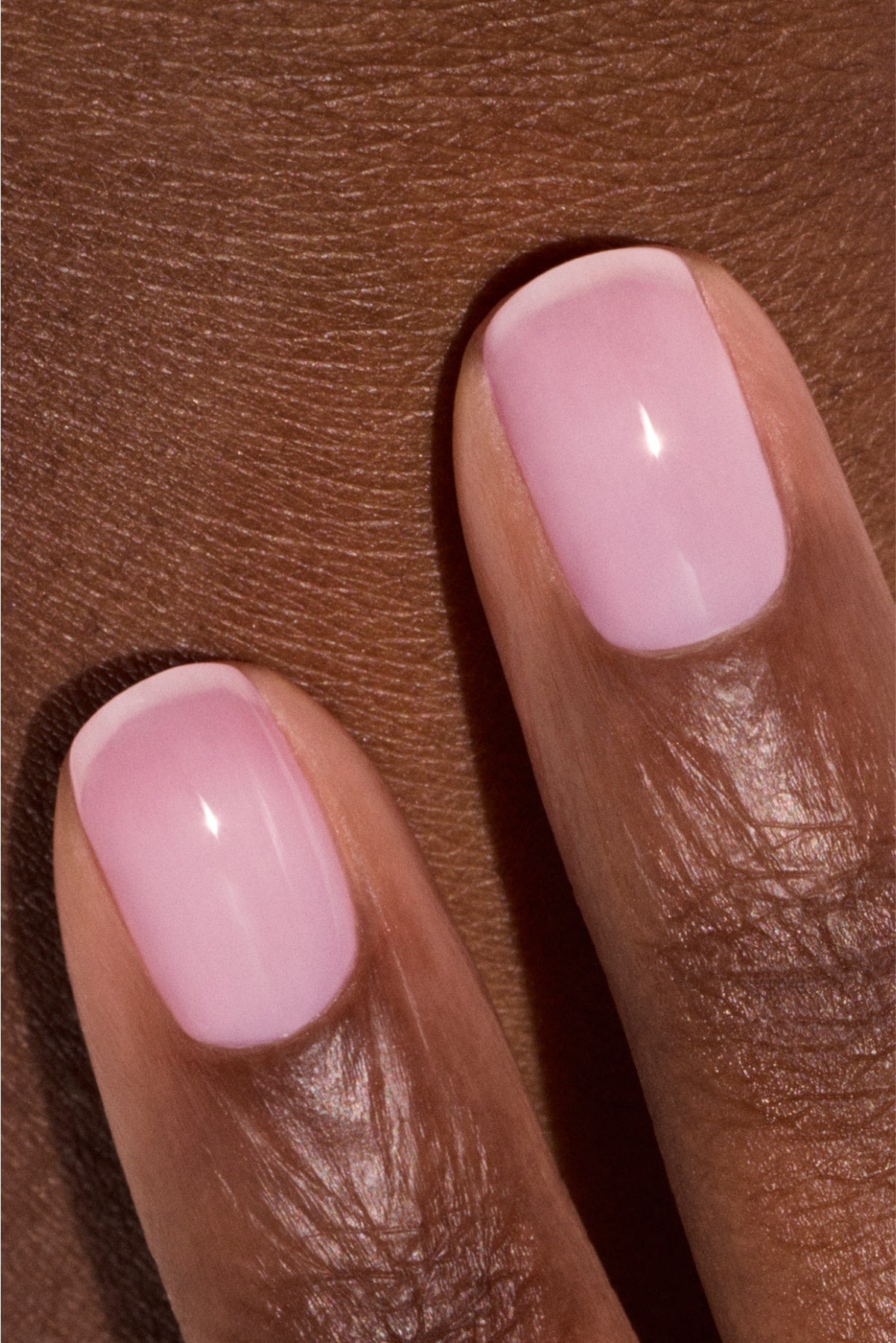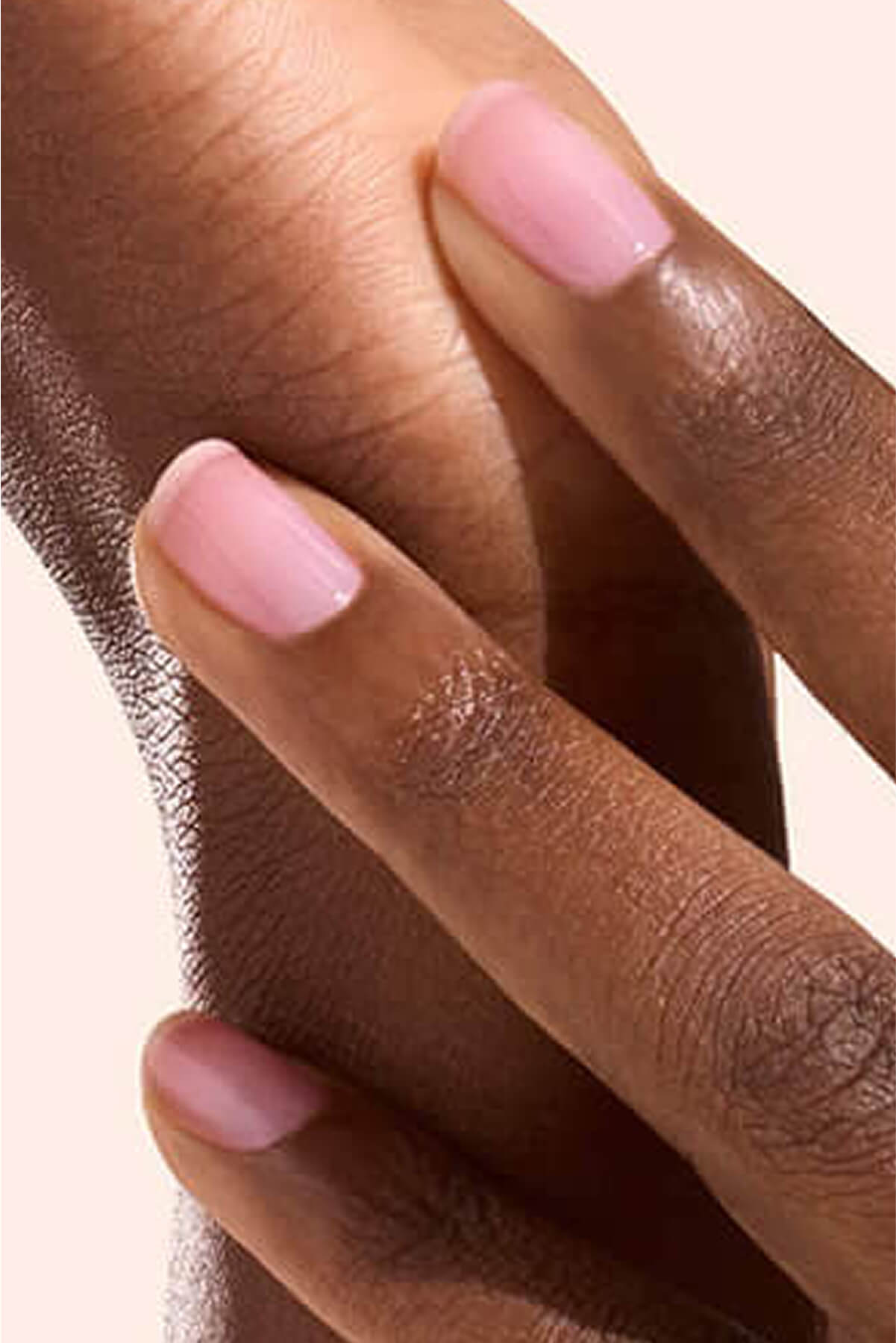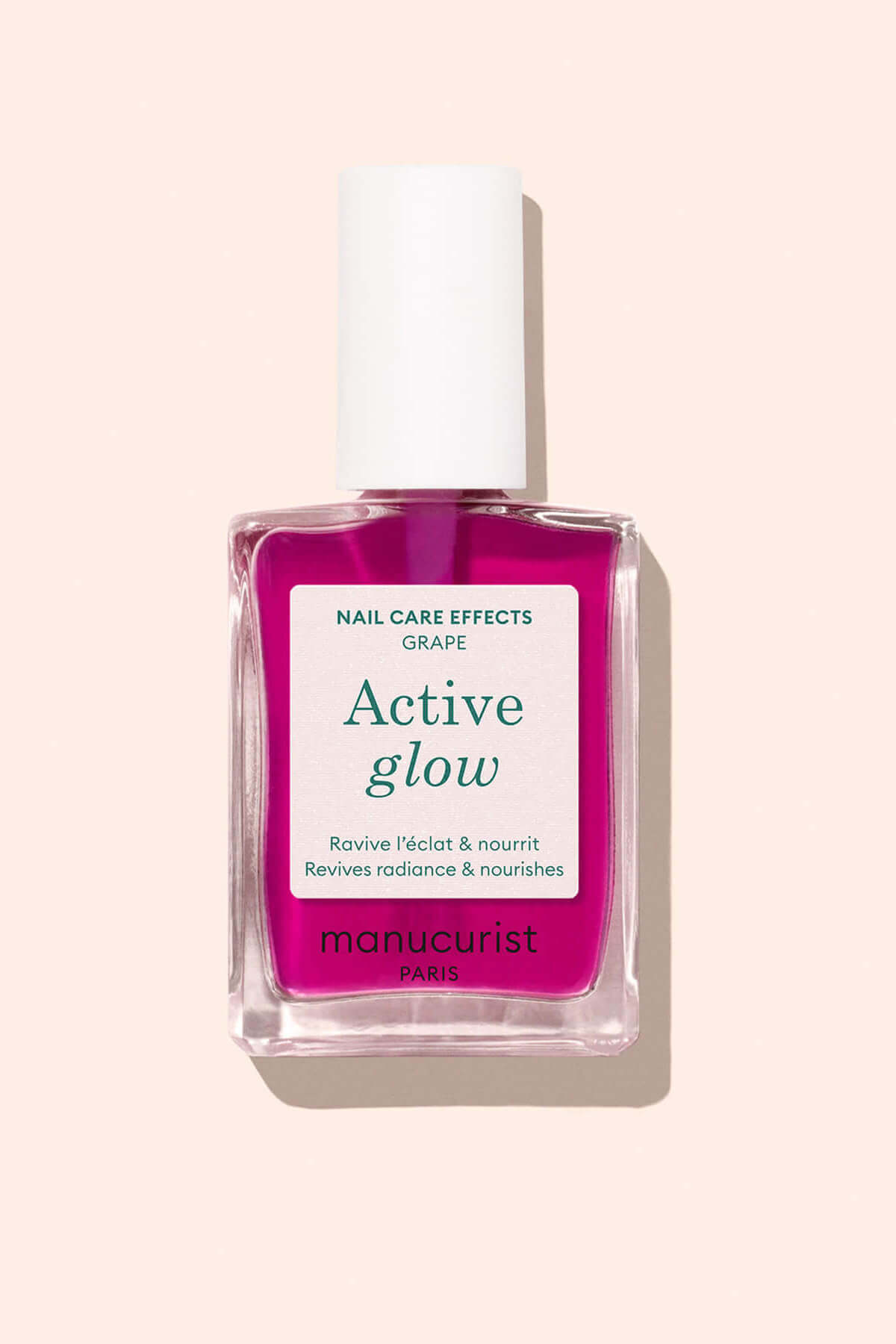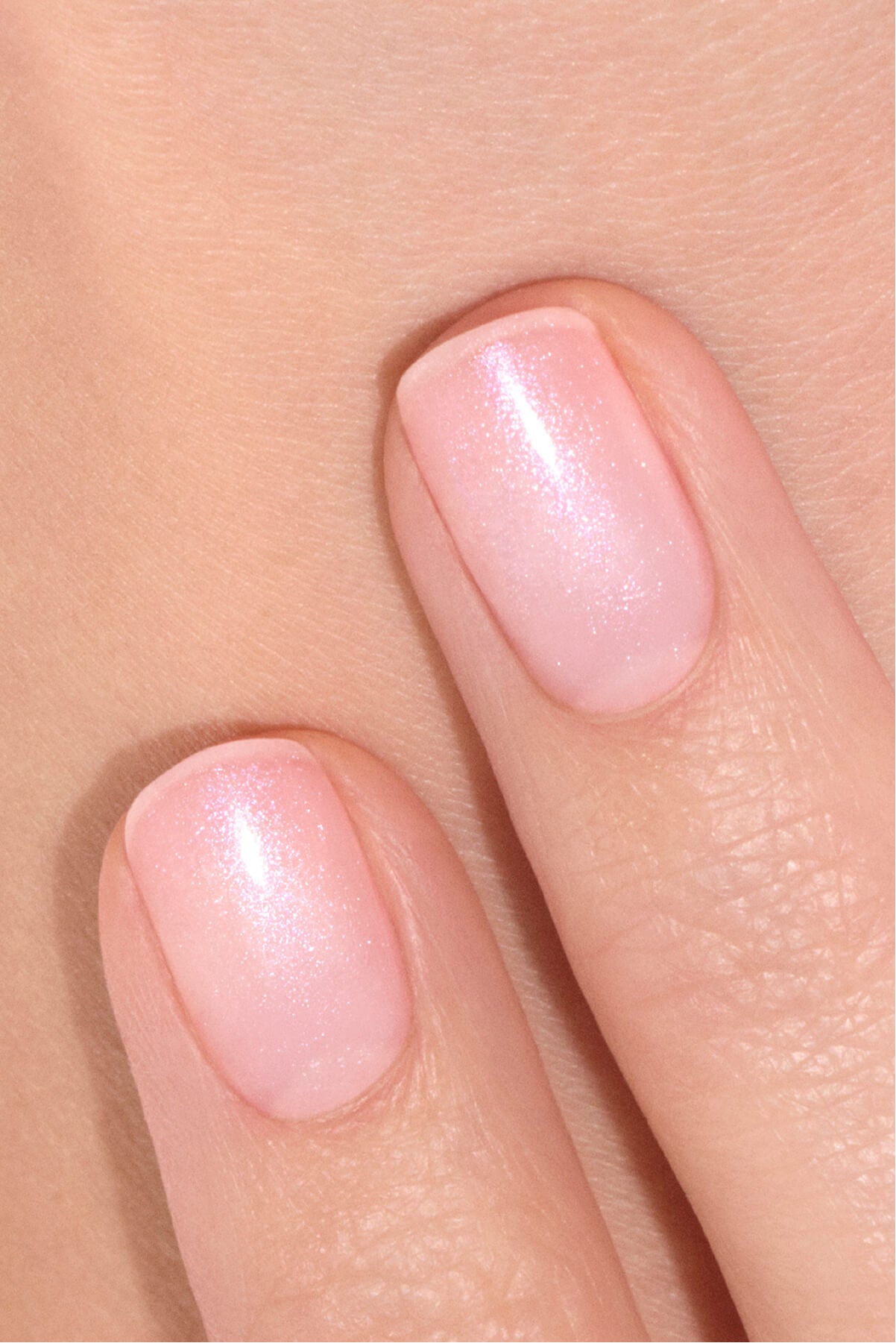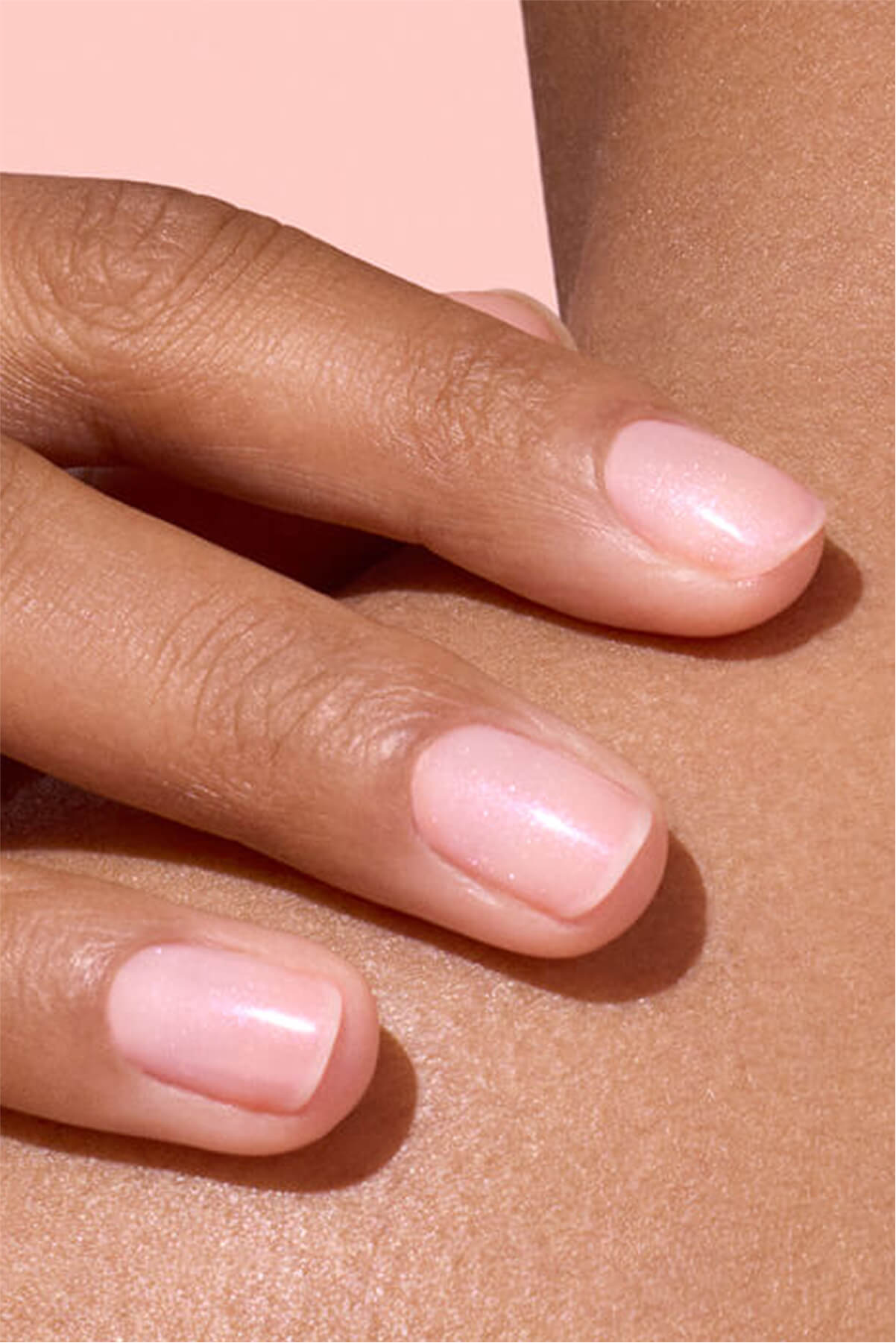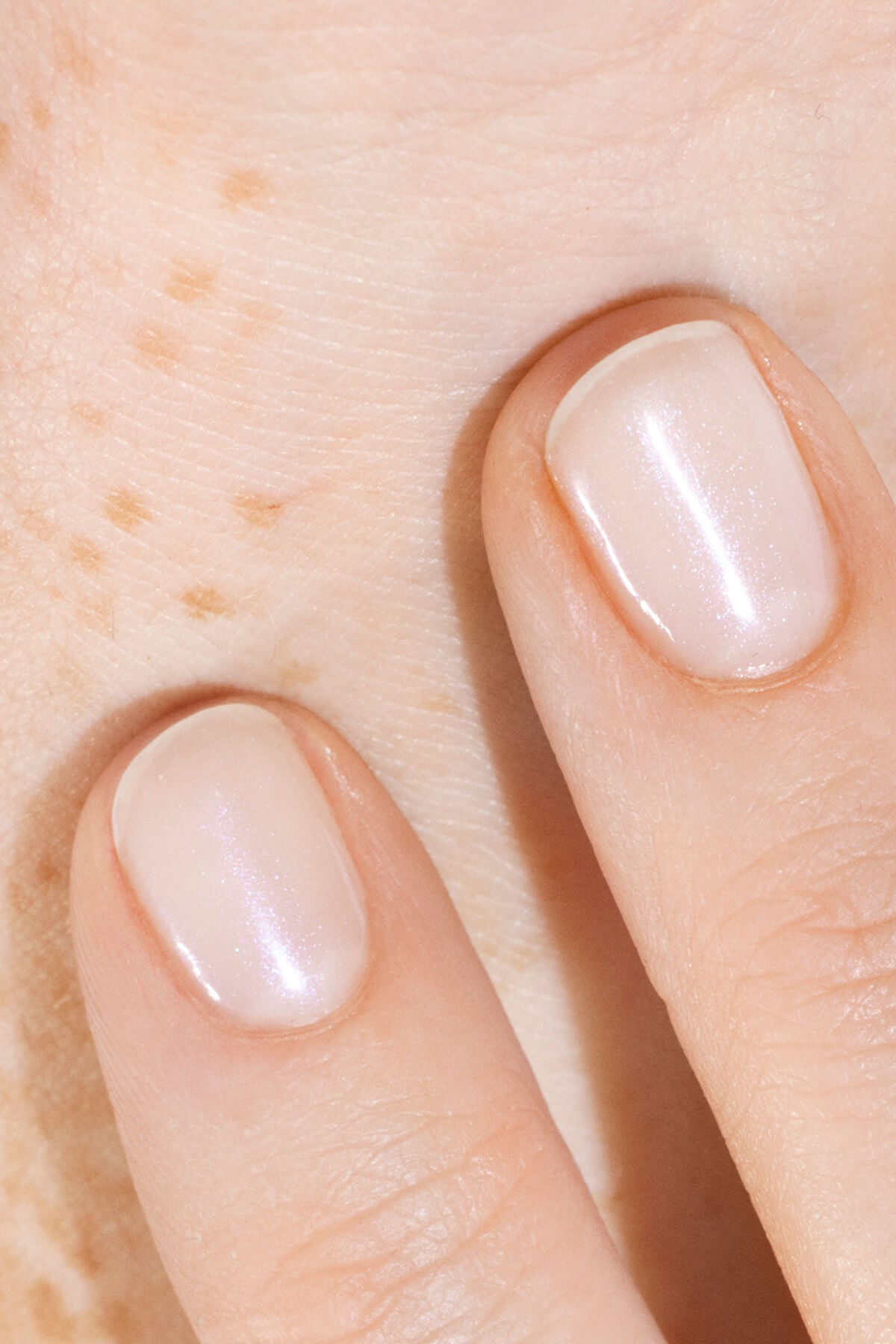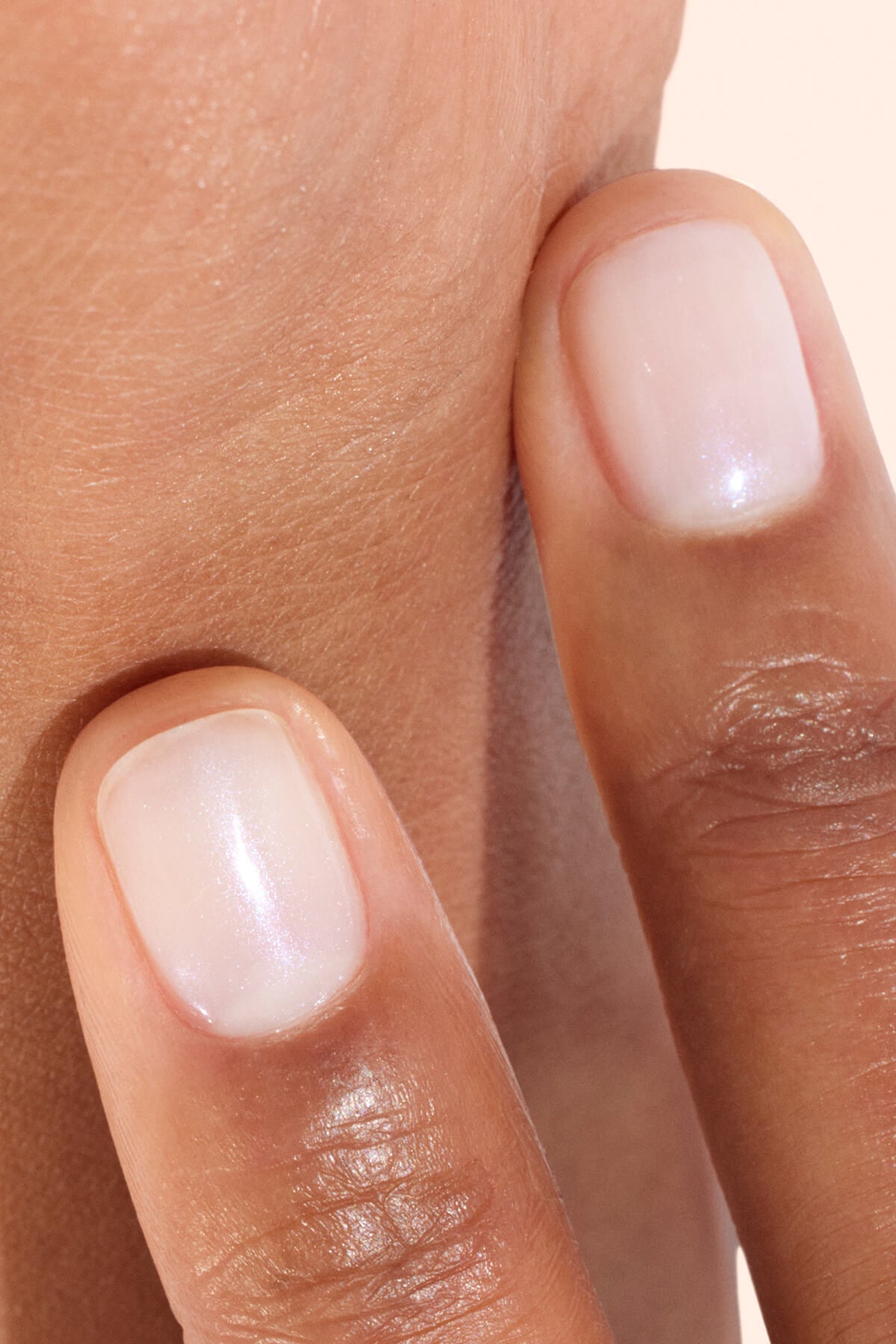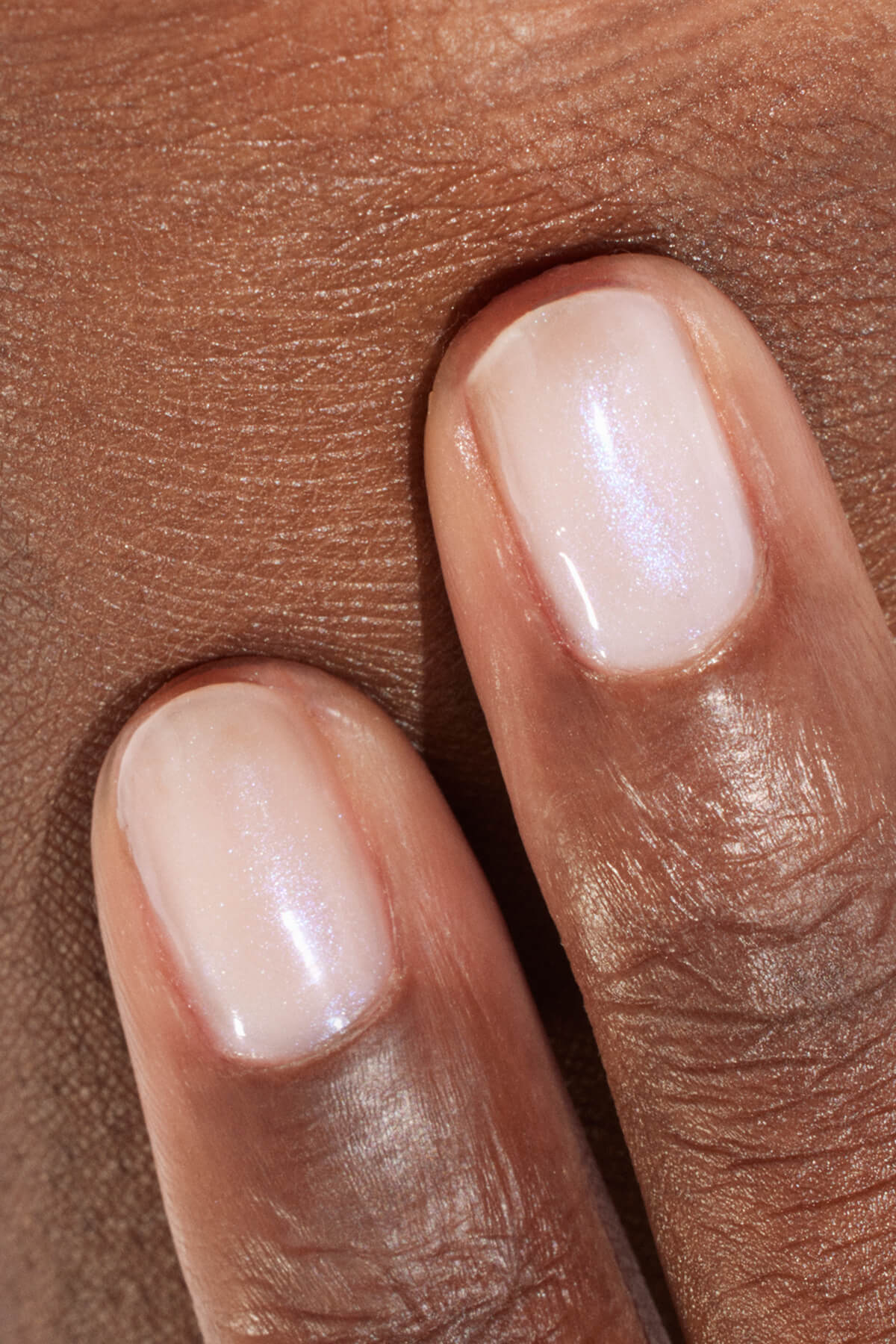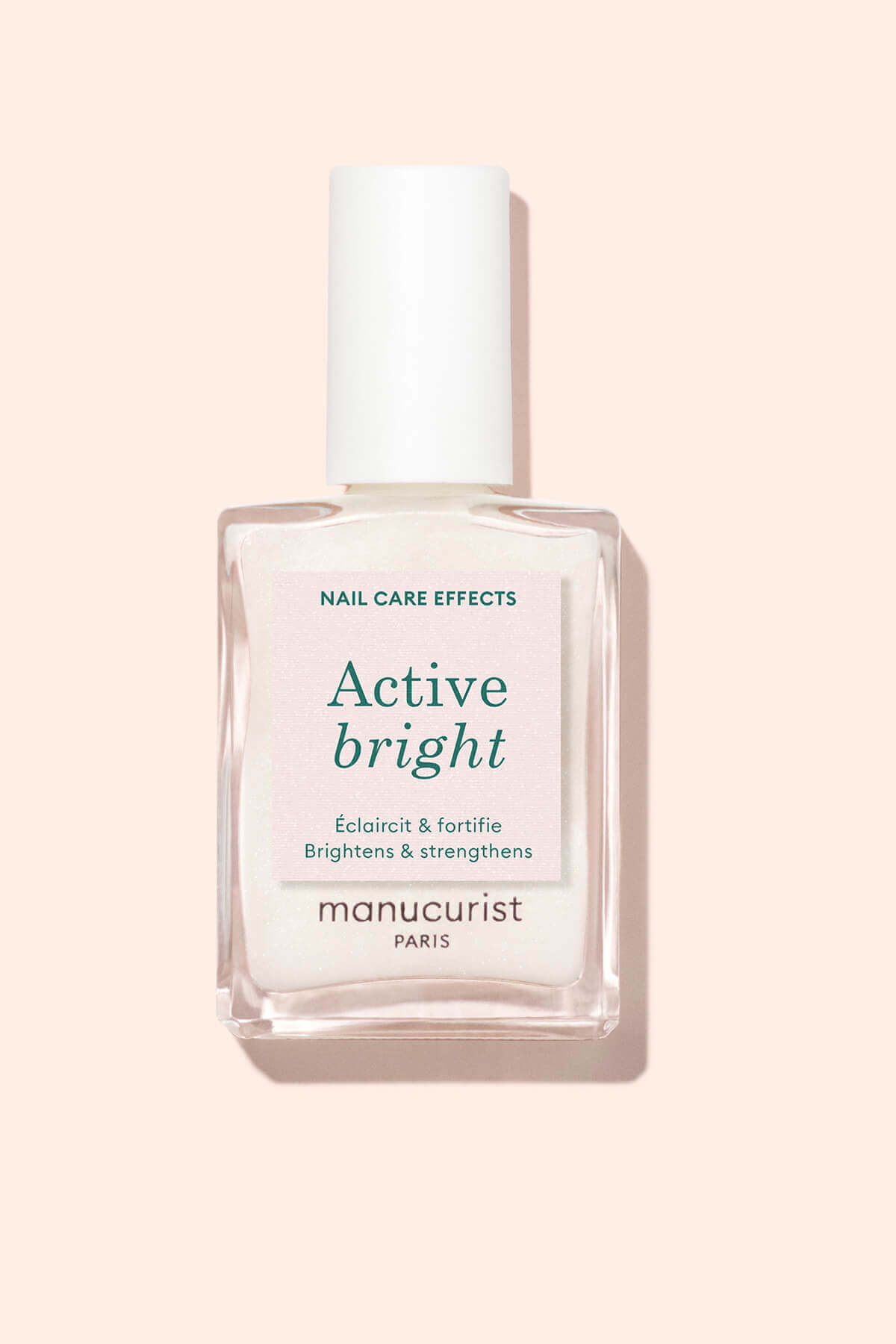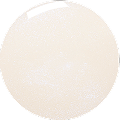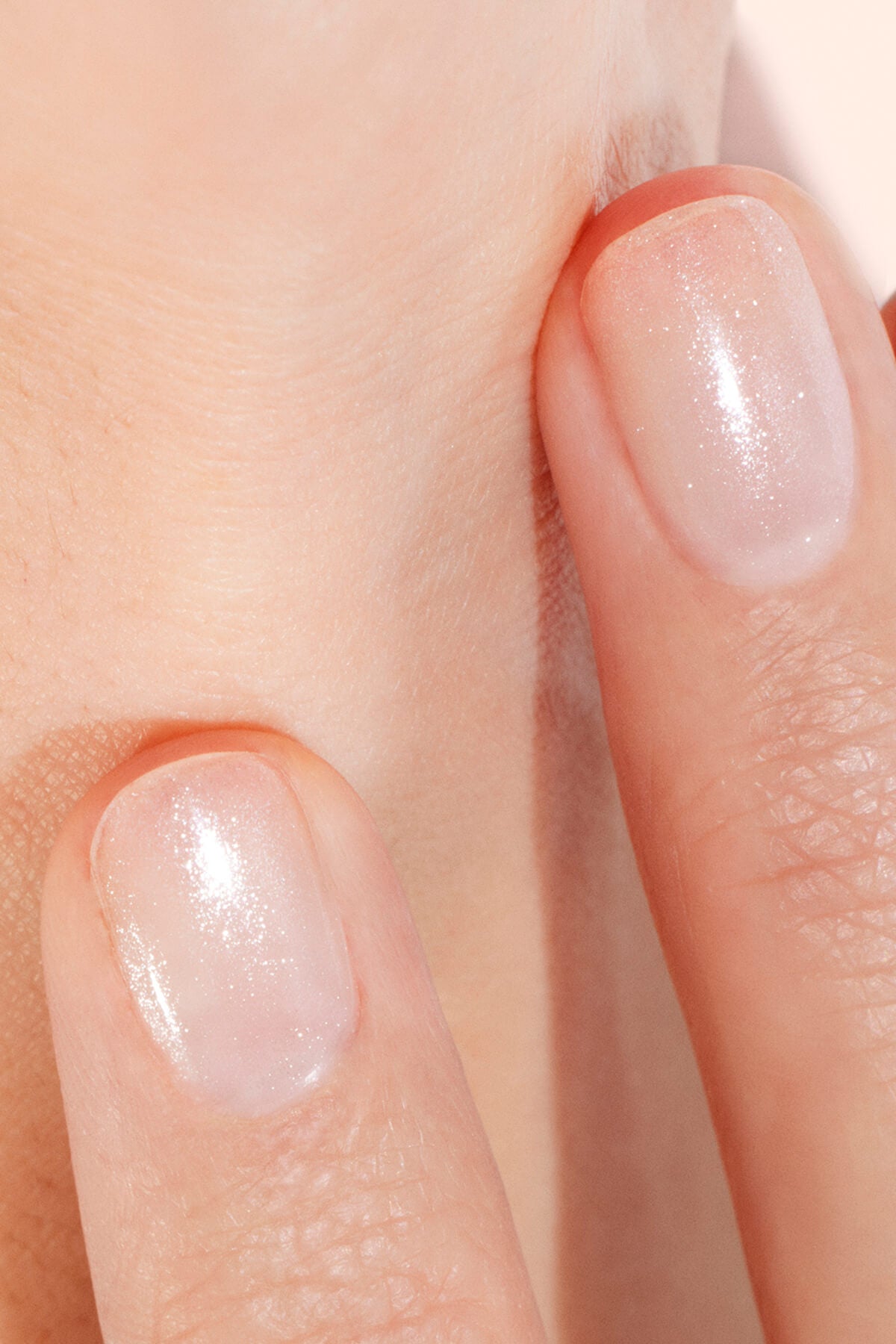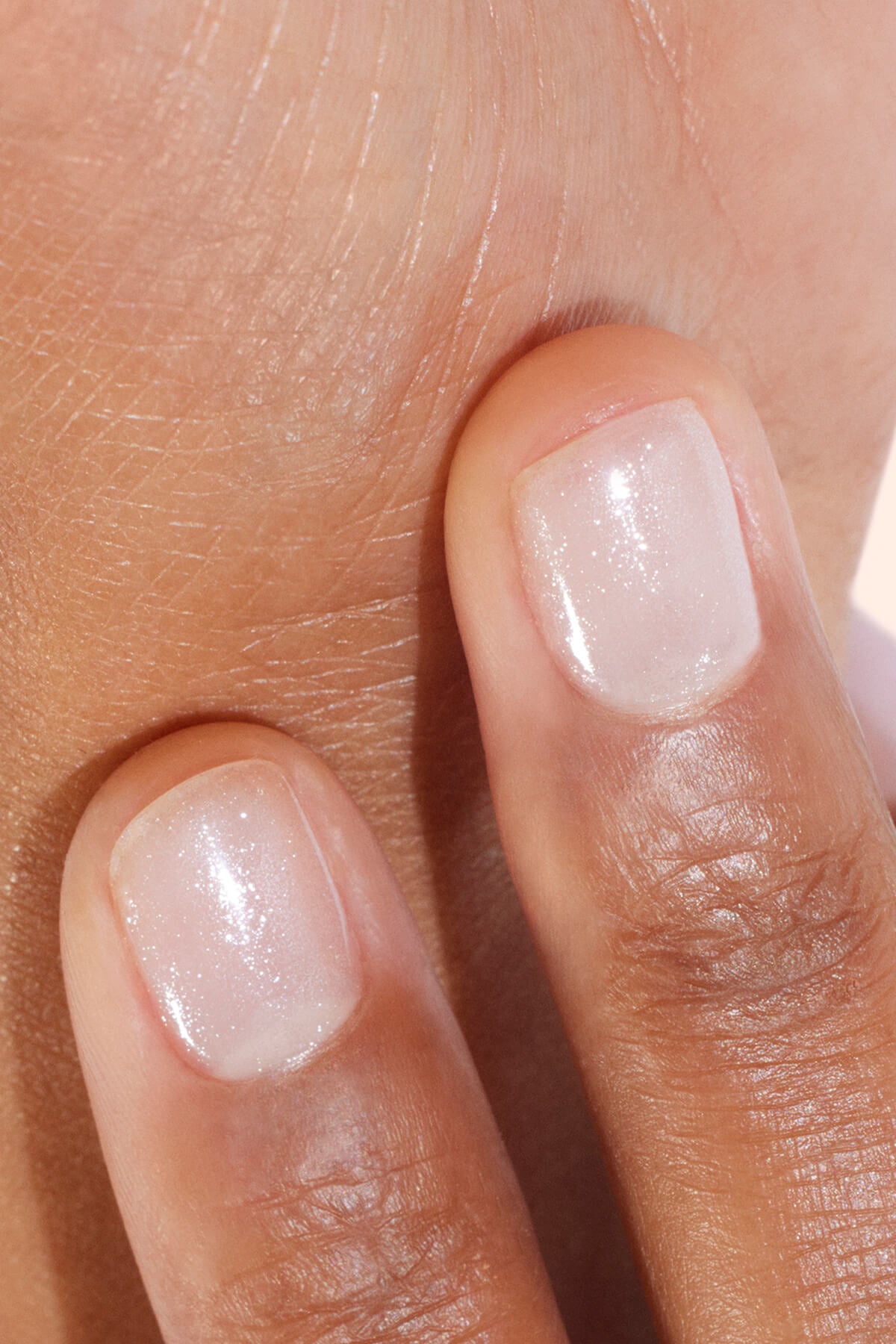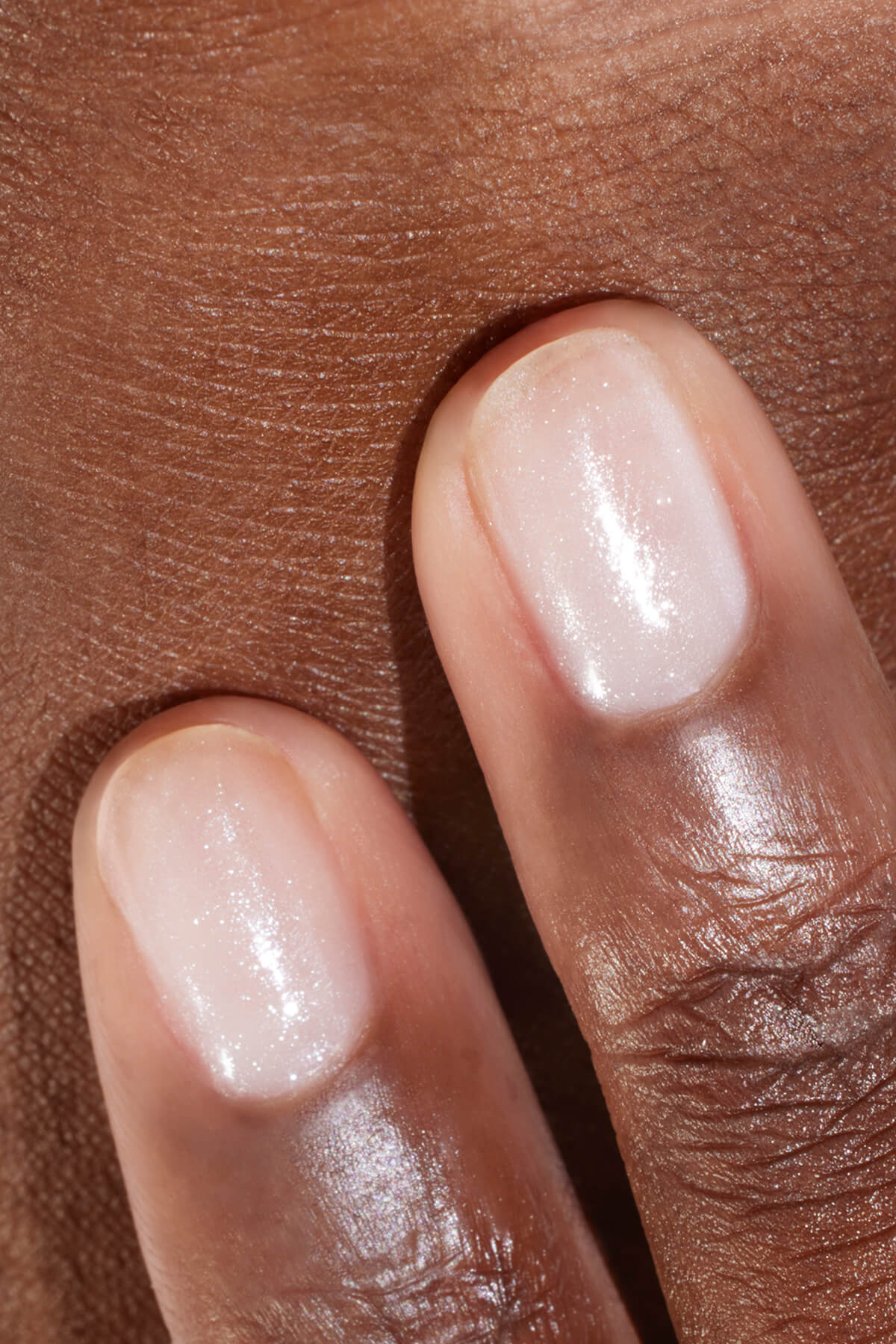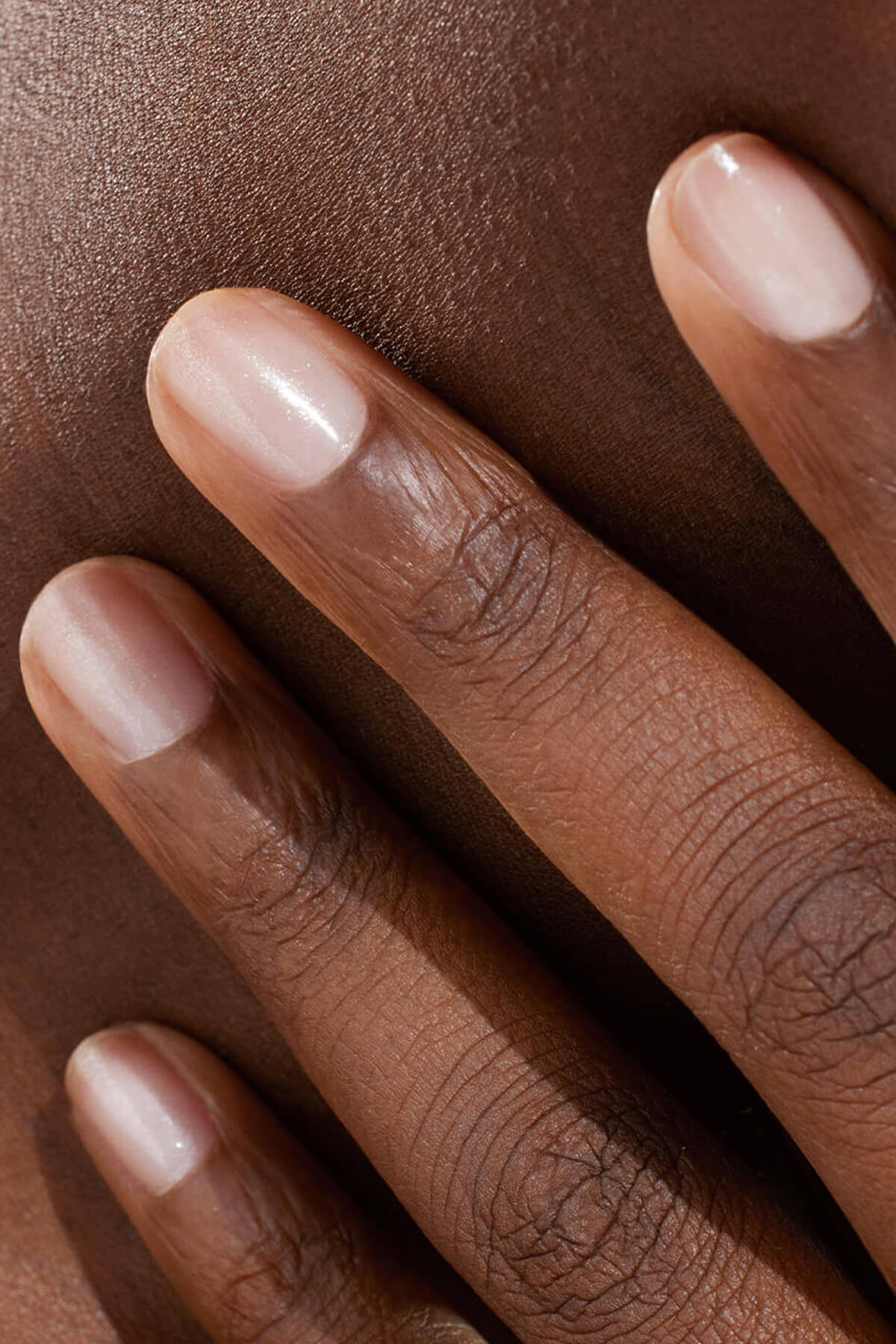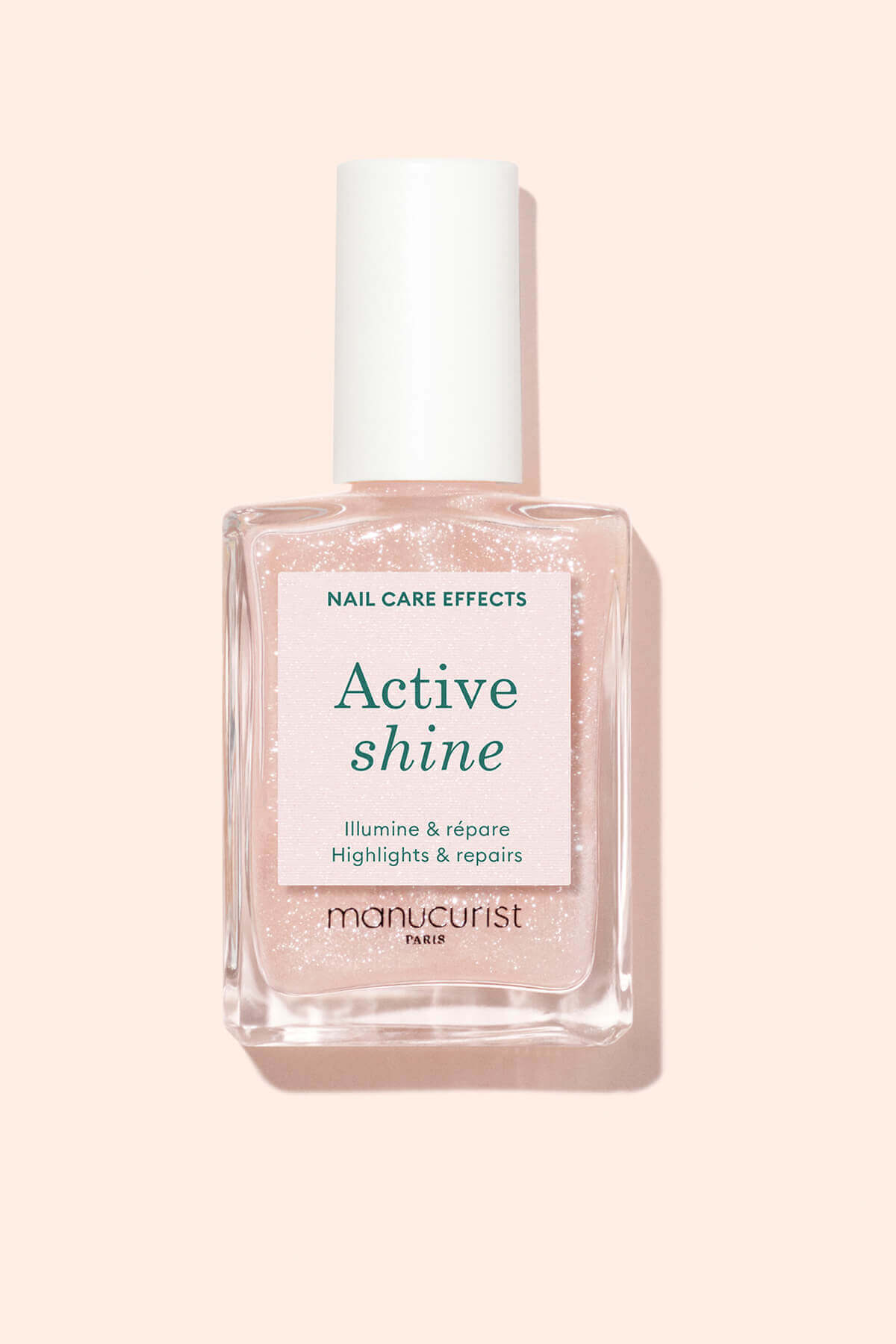A symbol of power, sophistication or simply a fashion statement, nail polish has never stopped evolving. From early beeswax-based lacquers in ancient China to today’s bio-based formulas, its journey tells the story of beauty itself. Dive into this colourful odyssey, from Antiquity to the present day.
From Antiquity to the 19th century: a symbol of power
Long before it became a beauty indulgence, nail polish was a genuine marker of social status. Across cultures and through the ages, nails have reflected stories of rank, prestige and power.
Painted nails, a privilege of the elite through the ages
As early as 3000 BC in China, women of the upper class were already applying natural lacquers made from egg whites, beeswax, gum arabic and impatience petals. Under the Zhou dynasty, the practice was so strictly regulated that certain colours, like black and deep red, were reserved for empresses. Breaking this rule could even lead to execution. Yikes!
In 2000 BC, the Babylonians coloured their nails with kohl: black for the nobility, green for commoners. Nail colour clearly played a role in distinguishing social classes.
In Ancient Egypt (around 1500 BC), queens would buff and tint their nails with henna. It’s said that Cleopatra loved reddish-brown nails while Nefertiti favoured a bright ruby hue. Nail colour had become a truly royal attribute.
Meanwhile, in the 15th century, the Incas were already ahead of their time: they adorned their nails with eagle patterns and divine symbols, creating miniature masterpieces. So yes, nail art existed long before Instagram!
In Europe, ladies of the 17th century would polish their nails using chamois leather and coloured balms.
Two centuries later, in Victorian times, homemade tricks took over: a soak in lemon juice or vinegar was enough to brighten and add shine to the nails.
The ancestors of nail polish: when nature coloured the nails
In the 19th century, there were no solvents or bottles in sight, and formulations were entirely homemade. People used:
- Plant-based pigments (roses, poppies, henna)
- Mineral powders
- Natural resins like shellac
Manicures became a lifestyle choice: women would shape, buff and nourish their nails with rich creams such as cold cream (very popular at the time) and polishing powders. They also pushed back their cuticles using an orange wood stick invented in 1830… still found in our beauty kits today.

From Ancient Egypt to the early 20th century, nail beauty was a luxury reserved for the upper classes.
(@Wikimedia Commons)
The invention of modern polish: an American revolution
Nail polish entered its modern era in the 20th century with the invention of the formula we know today. And believe it or not, it all started in a garage!
A game-changing idea: from car paint to colourful nails
In the 1920s, French make-up artist Michelle Ménard took inspiration from car paint to create a hard-wearing, shiny lacquer based on nitrocellulose. Yes, you read that right: the same ingredient used on car bonnets was now being used on nails! This marked the beginning of a new chapter: modern nail polish that was smooth, colourful and above all, long-lasting.
A few years later, Charles and Joseph Revson, together with chemist Charles Lachman, perfected the formula under the now-iconic brand Revlon. They introduced a major innovation: a creamy, opaque polish available in shades that matched lipstick colours. The lipstick and polish duo quickly became the ultimate glamour symbol.
Nail polish becomes a Hollywood star
In the 1950s, polish became a full-on fashion accessory. On the silver screen, stars like Marilyn Monroe, Rita Hayworth and Lana Turner made red nails iconic, representing elegance and allure. Ads of the time promised “indestructible” varnishes and “ruby-like” shine. The modern woman had officially embraced nail polish!

Born before the war, nail polish became a household staple thanks to Hollywood’s leading ladies.
(@Revlon, @Wikimedia Commons)
The manicure boom
From the fifties to the 2000s, nail polish became a staple in every beauty kit. Each decade reinvented the manicure, mixing innovation, signature shades and new attitudes:
1950s: the era of iconic, bold red. This decade also saw the emergence of false nails as cosmetic extensions. Fun fact: they were first invented by a Chicago dentist to help patients stop biting their nails!
1960s-70s: pastels and shimmering or metallic finishes took over, reflecting the Flower Power vibe. Hollywood make-up artist Jeff Pink introduced the French manicure, which matched any outfit, solving the issue of constantly changing polish between wardrobe changes on film sets.
1980s-90s: a burst of neon colours and nail art swept across the globe. In Asia, nail decoration became a true passion. Scented polishes, decorative prosthetics, stickers, rhinestones… creativity had no limits!
2000s: dark, edgy colours took centre stage. One milestone moment was Chanel’s 2009 autumn runway, where Karl Lagerfeld’s models sported jade green polish. It was all about breaking the rules and expanding the colour spectrum.
2011: a small revolution arrived with gel polish, offering ultra-glossy colour that lasted for three weeks without chipping. A dream come true…

Since the 1980s, nail art has been all the rage and polish colours have continued to diversify.
(@look8thenails)
Nail polish reinvents itself in the 21st century
Today, nail polish goes far beyond aesthetics. It has become a reflection of a thoughtful and responsible lifestyle. Formulas are evolving, techniques are being reimagined and manicures are now part of a more conscious beauty routine, without ever sacrificing the joy of beautiful colour.
Polish in the age of clean beauty
With growing environmental awareness, brands have started rethinking nail polish formulations. The trend is shifting toward polishes that are environmentally friendly and free from ingredients known to be harmful to health.
Since 2010, CMR substances (Carcinogenic, Mutagenic, Reprotoxic – in other words, toxic to reproduction) have been gradually banned from cosmetics produced and sold within the European Union. Ingredients like formaldehyde, toluene and hydroquinone, all classified as CMR, have disappeared from formulas, along with sensitising molecules like methacrylate monomers (HEMA and DI-HEMA-TMHDC). Most recently, TPO (Trimethylbenzoyl Diphenylphosphine Oxide) was banned in September 2025. In 2013, Europe also banned animal testing on cosmetic products and ingredients used purely for cosmetic purposes manufactured in the EU.
“New-generation” nail polishes have emerged, aiming to combine performance, pleasure and nail respect. That’s exactly the promise Manucurist delivers with its Green™ and Green Flash™ polishes: formulas made predominantly from plant-based ingredients where petroleum-based solvents and plasticisers are replaced with alternatives derived from corn, sugarcane, cassava and cotton. A winning bet that positions Manucurist as a key player in responsible and sustainable beauty.

Cassava, sugarcane, cotton, corn, potato… New-generation polishes favour bio-sourced ingredients to replace petroleum-based components.
A return to minimalism: nude nails make a comeback
After decades of bold manis and extravagant nail art, the natural look is making a strong comeback. Trends like soap nails, bare nails and clean girl nails embody this “less is more” aesthetic: shiny, translucent, perfectly groomed nails with just the right touch of radiance. This is the new-gen nude manicure, both subtle and ultra-chic.
A new vision of the manicure
Today, a manicure is about more than just colour. It has become a moment of self-care and relaxation, a personal ritual. The 21st century has ushered in a new era for nail polish, where plant-based formulas prioritise nail health without compromising on style or shine. Caring for nails is now top priority for polish enthusiasts. That’s why we created the Active™ range, featuring plant-based polishes that blur the line between skincare and make-up, designed to strengthen and enhance the nails all at once.

Active™ polishes let you create an ultra-trendy minimalist manicure while strengthening your nails.
From Babylonian kohl to bio-based formulations, nail polish has travelled through the ages, constantly adapting to our lifestyles. Once a marker of status, now a form of self-expression, it reflects our times: conscious and empowered. And let’s be honest, polish isn’t just about colour… It’s a way of being in the world, a gesture as ancient as it is modern, as personal as it is universal.
Sources:
“Vos ongles, tout un monde”, Dr Sophie Goettmann, Actes Sud
Histoire de la beauté - Le vernis à ongles, Virginie Lamort de Gail, Madmoizelle





